Humidity management in refrigerators plays a notable part in protecting food freshness and increasing shelf life. However, should humidity be high or low in a refrigerator? Finding the correct balance is the key. Because irregular humidity levels can pave the way for damaged food, sagged vegetables, or even extra condensation. Of course, when you improve refrigerator humidity you both extend the freshness of your products and lower waste.
Even if you’re storing leafy greens or hearty root vegetables, thorough knowledge of the correct humidity setting is necessary. This guide will explore the ideal refrigerator humidity levels, what causes humidity in refrigerators, and everything in between. If you’re facing consistent problems in several parts of the home, solutions like AlorAir dehumidifiers will make life easy for you. Let’s understand humidity control in refrigerators and why it matters.
How Humidity Control Works to Keep Things Fresh in Fridge?
Refrigeration functions by extracting heat from the inside of the fridge to keep food chill and avoid spoilage. This chilling procedure alters refrigerator humidity levels because cold air contains more dampness than warm air. Consequently, fridges prefer to be in dry atmospheres except for those furnished with particular humidity control attributes. When air becomes too dry, few foods can drop moisture and freshness. However, excessive humidity can contribute to mold formation and damage.
What’s the role of humidity in food preservation? Humidity control in refrigerators is fundamental for keeping different kinds of food fresh. Typically, vegetables, for instance, require high humidity to sustain moisture and crispness. On the other hand, fruits such as apples take advantage of low humidity levels to prevent rotting or spoilage. Besides, the knowledge of this science of humidity management in the refrigerator assists you in boosting the service life of delicate foods. This helps you save money and lower debris.
In case, where refrigerator humidity changes often, it might be the moment to think past primary fridge settings. In these scenarios, an external dehumidifier can aid in tackling extra dampness in everything around the pantry, kitchen, or basement. This is to lower the possibility of humidity from surrounding spaces influencing your fridge’s efficiency.
Should Humidity Be High or Low in a Refrigerator?
Humidity levels in a refrigerator should be regulated depending on the variety of food stored. For best freshness, a usual refrigerator has two humidity zones:
High Humidity: This setting is ideal for leafy greens, herbs, and various vegetables. High humidity prevents these foods from dropping dampness. This keeps them fresh and crunchy. Usually, efrigerator humidity levels in a high-humidity drawer range around 80-90%, which ensures vegetables don’t decay.
Low Humidity: A low humidity setting is best for peppers, fruits, and other products that require a dry atmosphere to stay fresh. So, preserving these foods in a low-humidity setting (typically around 50-60%) decreases the risk of humidity formation. As it can cause decomposition or over-ripening.
If your refrigerator doesn’t have regulated humidity controls, be sure to stock high-humidity foods in confined containers. And low-humidity foods in open bags or containers. This strategy copies the perfect atmosphere and assists in keeping appropriate humidity regulation in the refrigerator.
What is the average humidity? The average refrigerator humidity level stays between 30-50%. Typically, the “Should humidity be high or low for vegetables” answer relies on the particular kind of produce. What you keep and what quantity you store at a moment will impact fridge humidity. For example, the hot remnants from dinner will boost humidity levels. Maintaining the right refrigerator humidity levels is just the beginning of effective home moisture management.
How to Monitor and Adjust Humidity in Your Refrigerator
Preserving the proper humidity level in your refrigerator is the ticket to protecting the quality and crispiness of your food. Thankfully, keeping track of and regulating refrigerator humidity levels can be simple with just a few equipment and methods.
Use a Humidity Sensor or Hygrometer: A small, advanced Hygrometer can calculate the average humidity inside your refrigerator. Install it in distinct sections over a few days to find out where the humidity is lower or higher.
Adjust Refrigerator Settings: Several innovative refrigerators accompany humidity controls in crisper drawers. Usually, these drawers have sliders called “High” and “Low” for humidity control. Utilize the high setting for vegetables to recover moisture and the low setting for fruits to prevent pulping.
Close the Refrigerator Door on Time: Forgetting the refrigerator door open for long durations can influence humidity. Every time the door opens, damp air from outside can get in, paving the way to irregular humidity control in the refrigerator.
Dehumidifiers for the Kitchen and Storage Areas: If your kitchen or pantry has high humidity levels, it can change the internal situation of your refrigerator. So, investing in a whole-house dehumidifier in the neighboring areas can help avoid excessive dampness from entering your fridge and developing alterations. To keep food fresh and edible, persistent refrigerator humidity levels are a necessity. It saves you from regular grocery visits and lowers food debris.
What Causes Humidity in a Refrigerator?
What causes humidity in a refrigerator? Extra humidity in a refrigerator can arise from numerous factors, all of which can influence food quality if not controlled appropriately. A thorough knowledge of the major causes can assist you in better controlling dampness and sustaining an ideal environment inside your fridge. These factors are:
Frequent Door Opening: Each time the refrigerator door unlocks, warm, damp air from the room gets in, rising humidity inside. This is particularly usual in busy households where the fridge is opened often.
Poor Sealing and Gaskets: In case the refrigerator’s gasket ( the rubber seal around the door) is impaired or damaged, it can permit outside air to enter, increasing moisture. So, examining gaps and changing worn-out gaskets can aid in keeping humidity levels balanced.
Temperature Fluctuations: Setting the temperature too high can cause extra dampness in the fridge. Try to keep your fridge temperature between 35°F and 38°F (1.7°C – 3.3°C). This line helps avoid damage without leading to unwanted condensation.
Broken Thermostat: The procedures that chill the refrigerator depends on proper temperature readings. A damaged thermostat can shake off the entire system. In the scenarios, the refrigerator will change from hot to chilling, leading to precipitation and unreliable humidity levels.
Blocked Vents: Waste-covered, impaired, or frost over an obstructed vent can keep your fridge from chilling appropriately. Also, it allows humidity issues to stand in.
Common Mistakes to Avoid
The proper refrigerator humidity levels are integral. But, a few common mistakes can abuse the balance and impact food freshness. Keeping away from these drawbacks can guarantee your food remains in perfect condition. First, stocking too much goods into your refrigerator can hinder air circulation. This makes it difficult for the system to adjust humidity levels. Therefore, give your good space to permit cool, dry air to spread properly, which helps keep constant humidity levels.
Moreover, refrigerator parts such as filters, fans, and seals demand frequent checks and maintenance. Dust and waste on the fan can influence airflow boosting humidity. So it’s important to keep these parts clean and working. Additionally, some people neglect the functions of crisper drawers and just utilize them for additional storage. But, using these drawers with the right setting can expand the lifetime of your food. Proper humidity settings in crisper drawers help vegetables retain moisture, while fruits remain crisp.
Conclusion
To conclude, should humidity be high or low in a refrigerator? The ideal refrigerator humidity level depends on the types of foods you are storing. Generally, high humidity settings are better for vegetables, while low humidity levels are ideal for fruits. Controlling humidity in your refrigerator helps maintain food freshness, prevent spoilage, and reduce waste. An awareness of the factors that influence refrigerator humidity, monitoring levels, and avoiding common mistakes is key to effective moisture control.
Ready to take control of your indoor humidity?
Visit AlorAir today and explore our range of dehumidifiers tailored to meet your moisture management needs. Our dehumidifiers are designed for various applications, including crawl spaces, basements, and commercial spaces. With AlorAir’s top-notch dehumidifiers, you can create a well-balanced environment that supports your refrigerator’s humidity control, preserving food quality and extending freshness.










.jpg)
.jpg)
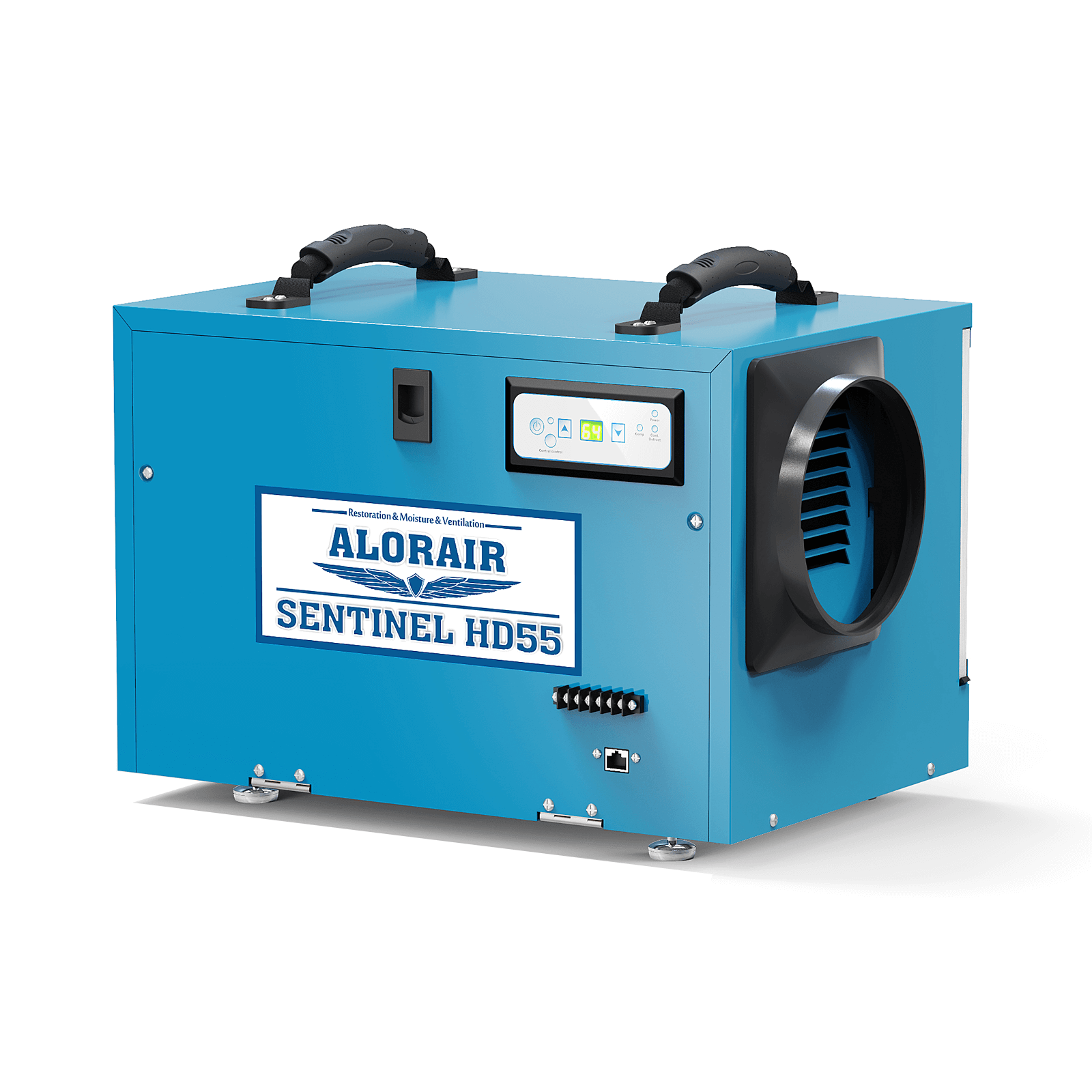
.jpg)
.jpg)
.HDi90.png)
.HD90.png)


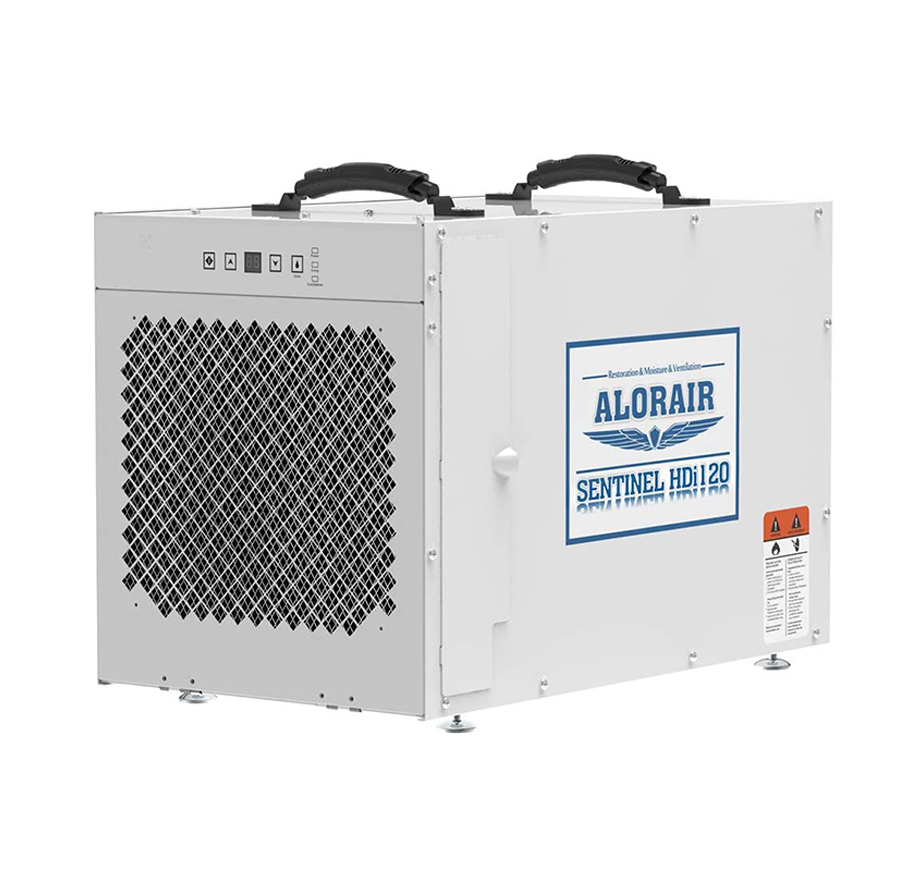






.jpg)
.jpg)
.jpg)
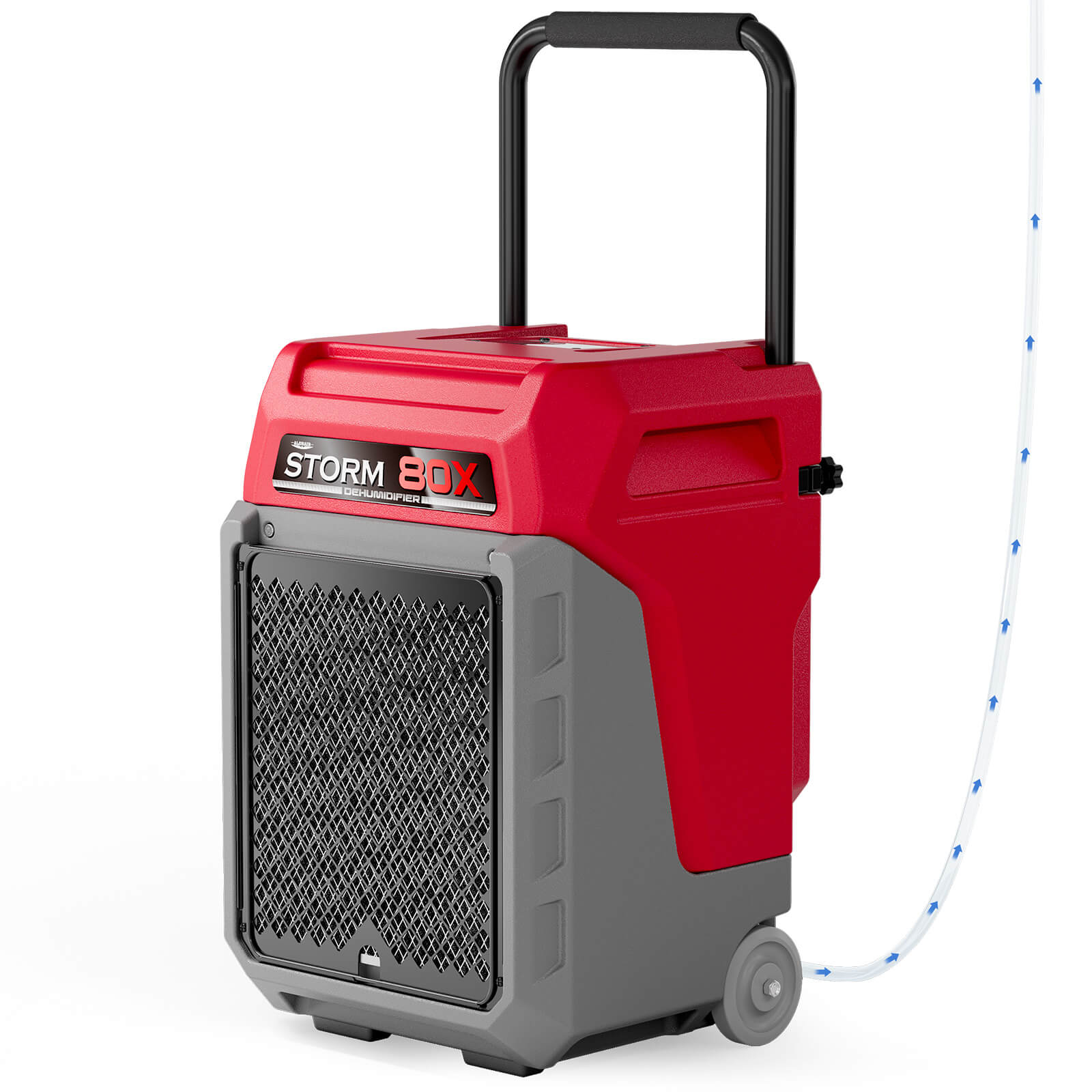

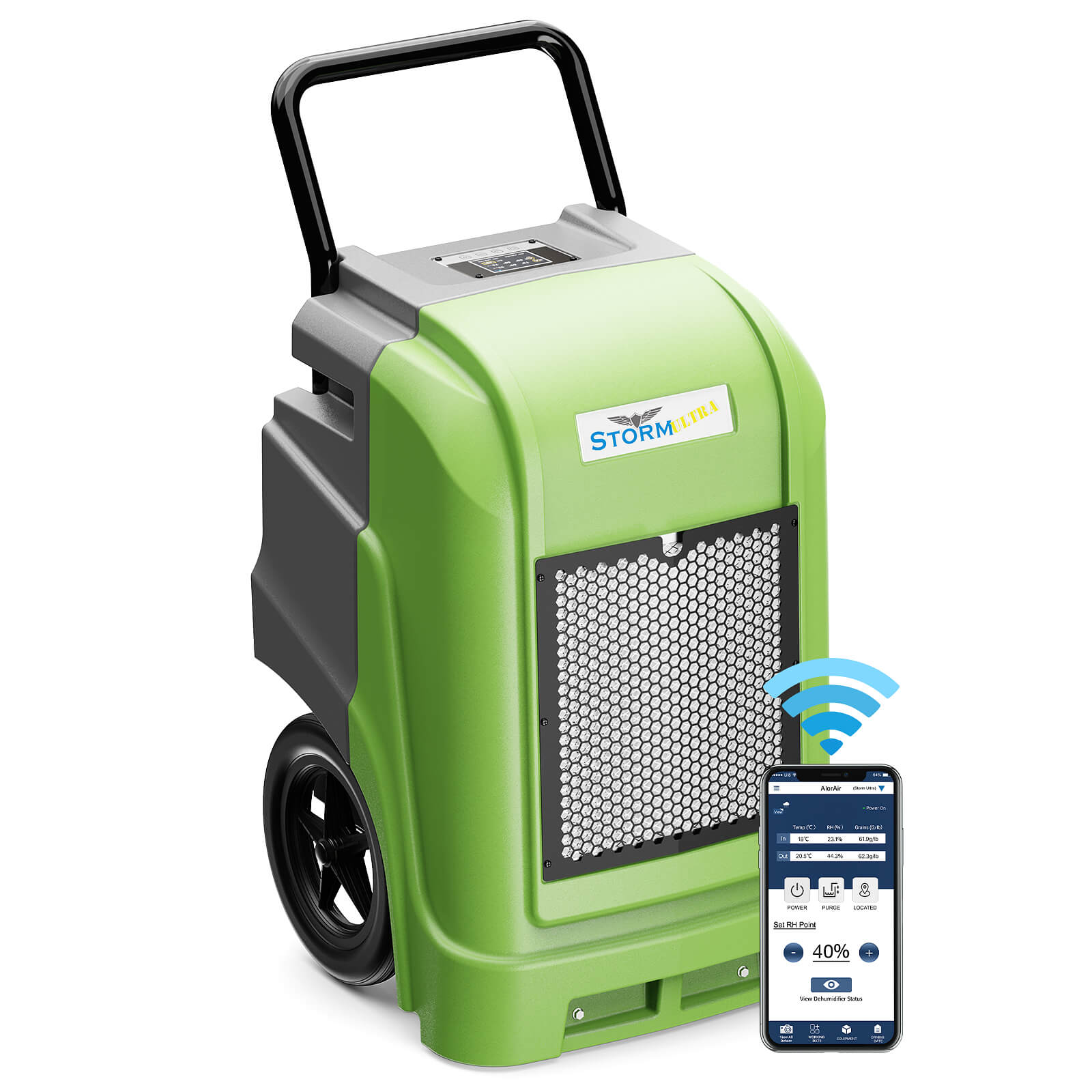
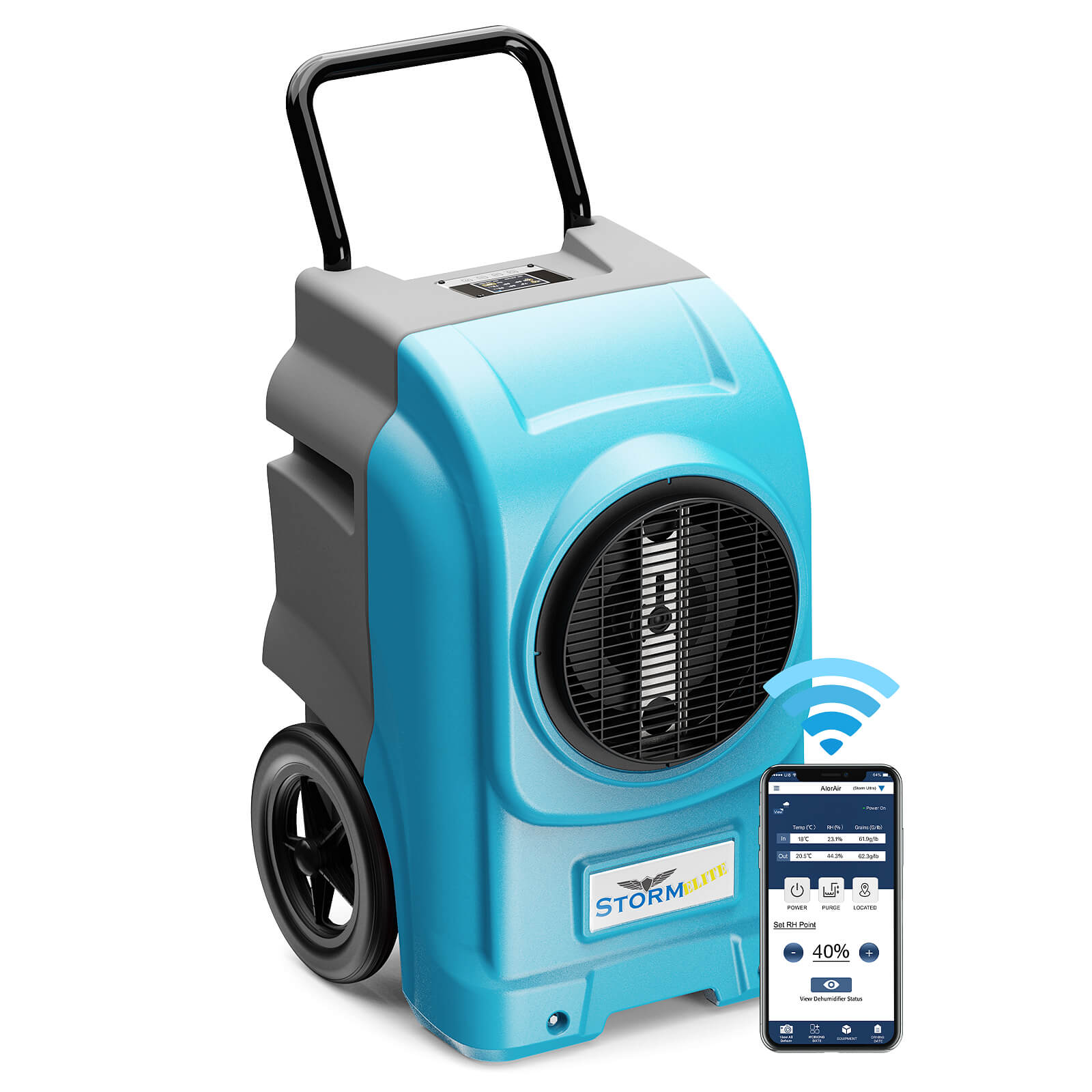
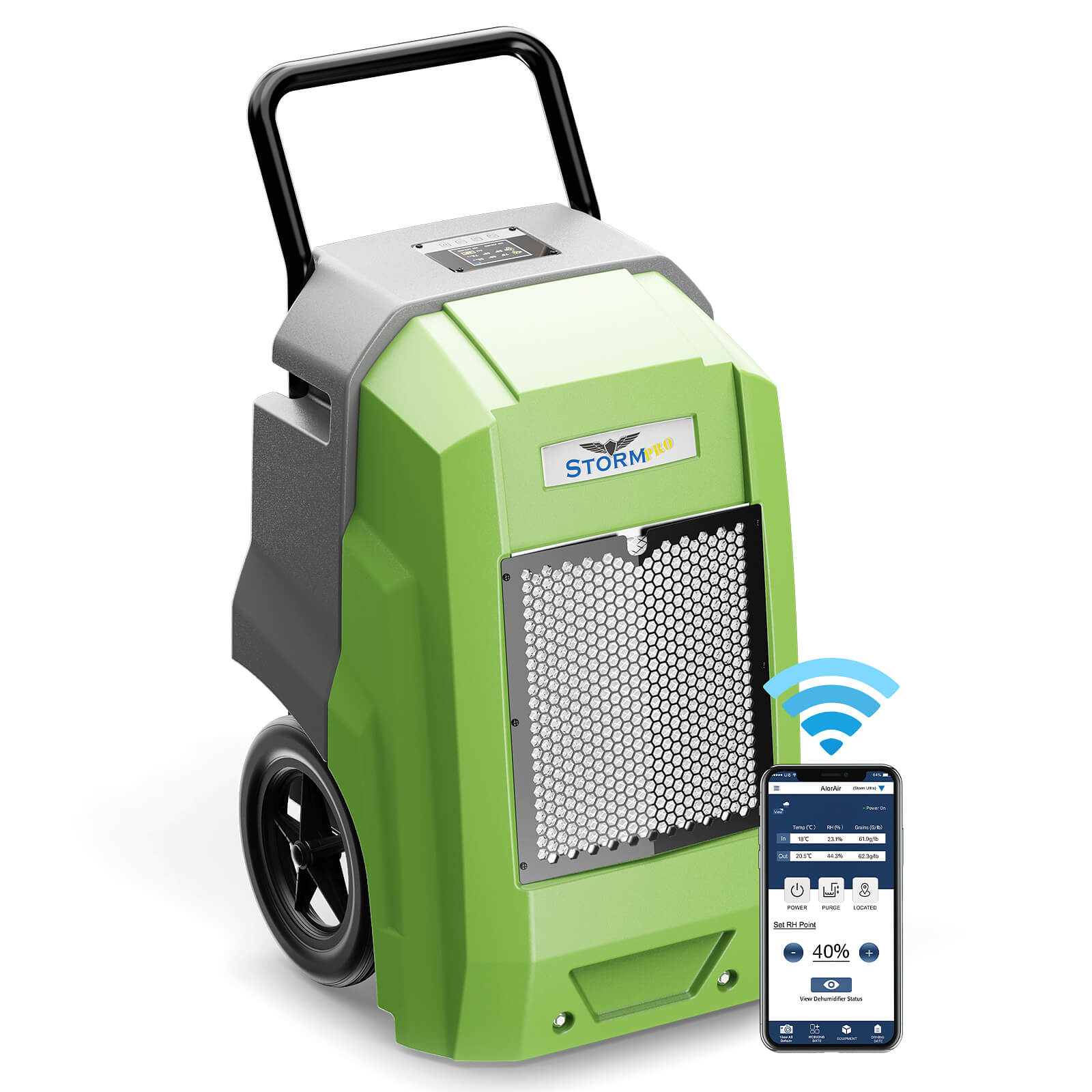
.jpg)
.jpg)
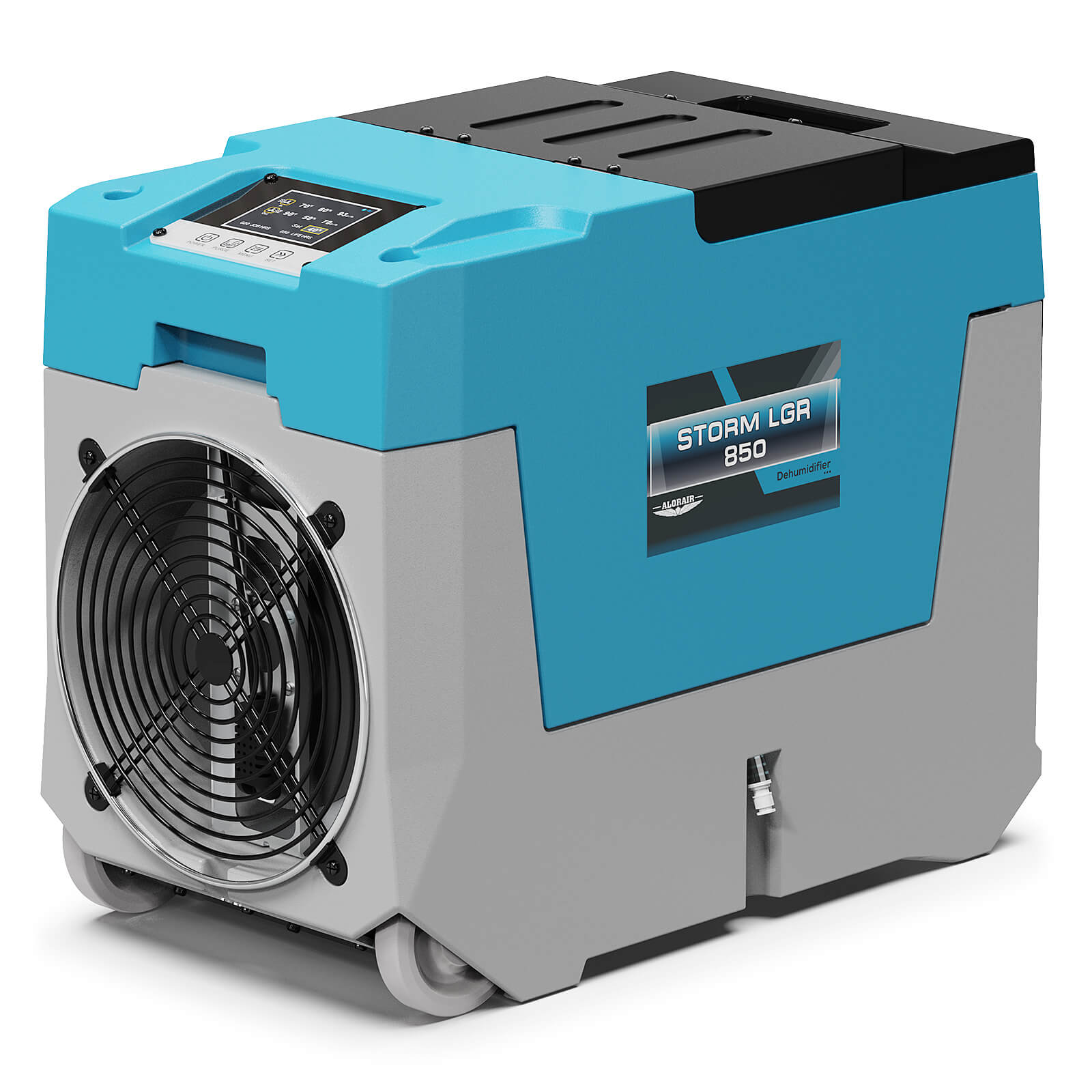
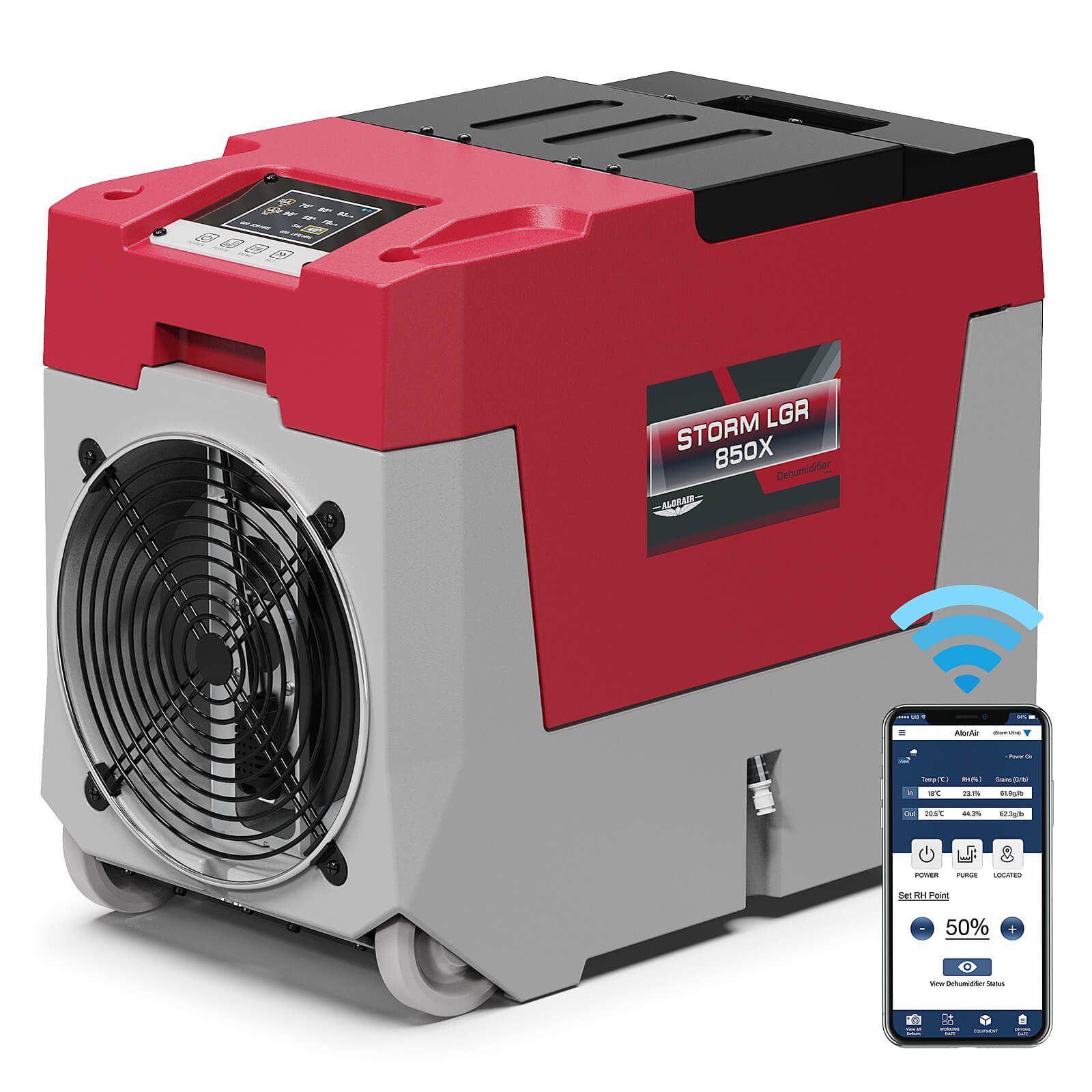
.jpg)

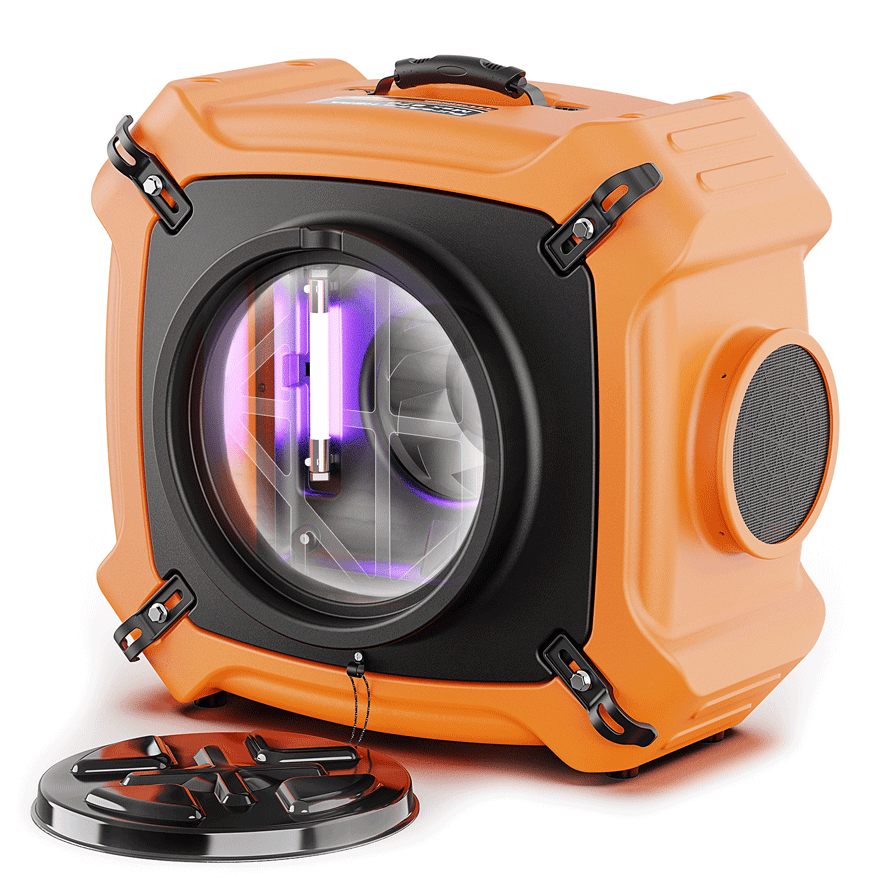
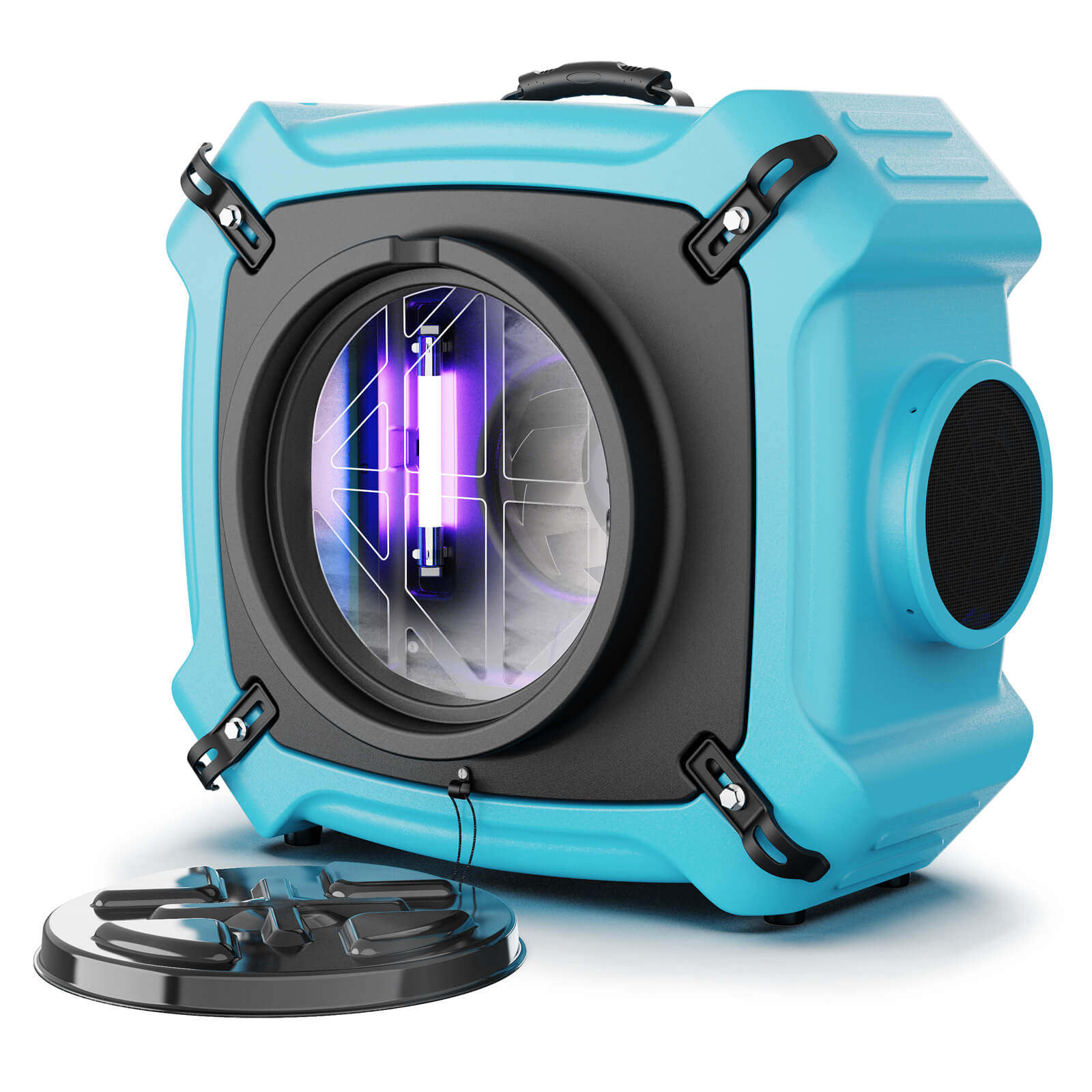
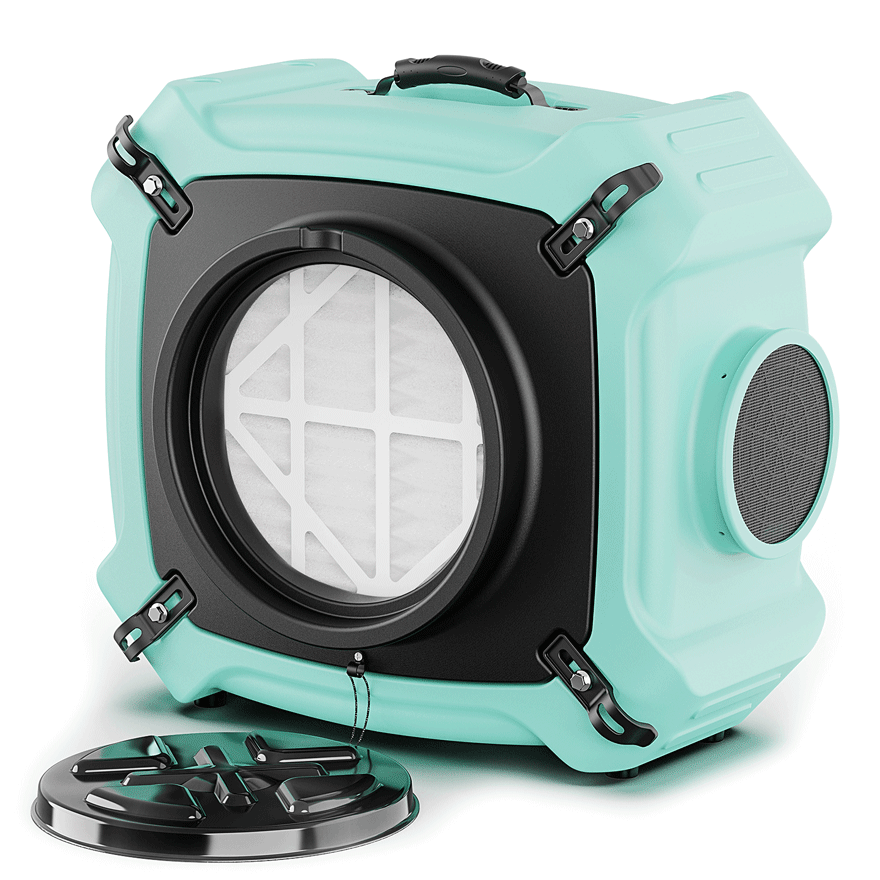


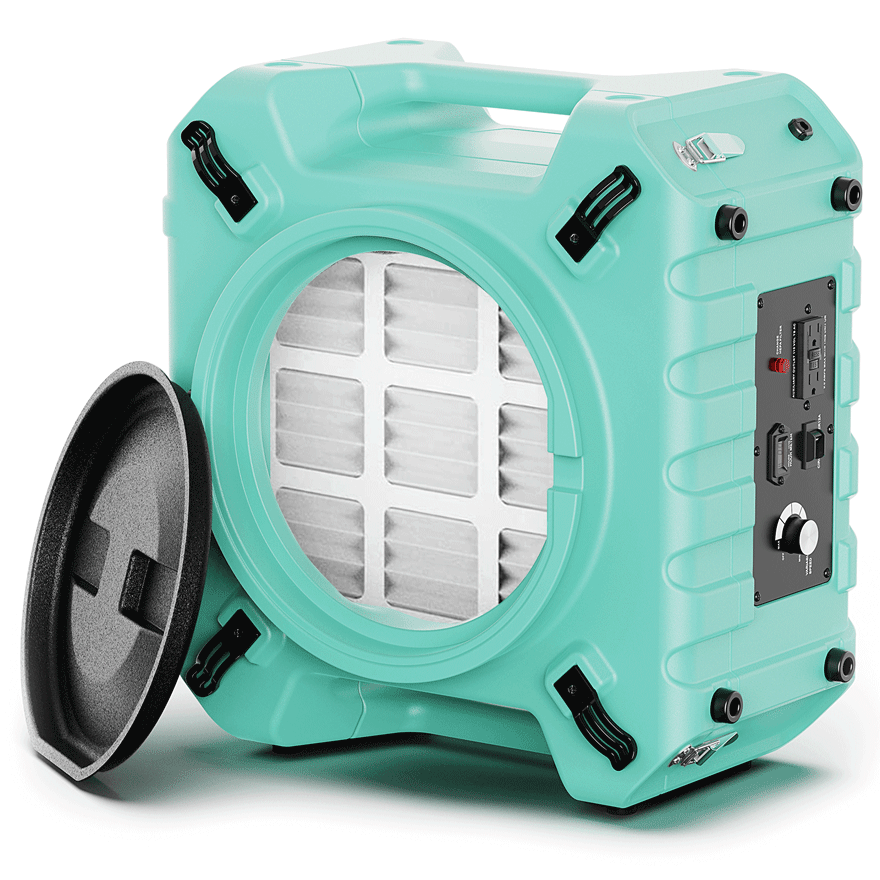

.jpg)
.jpg)
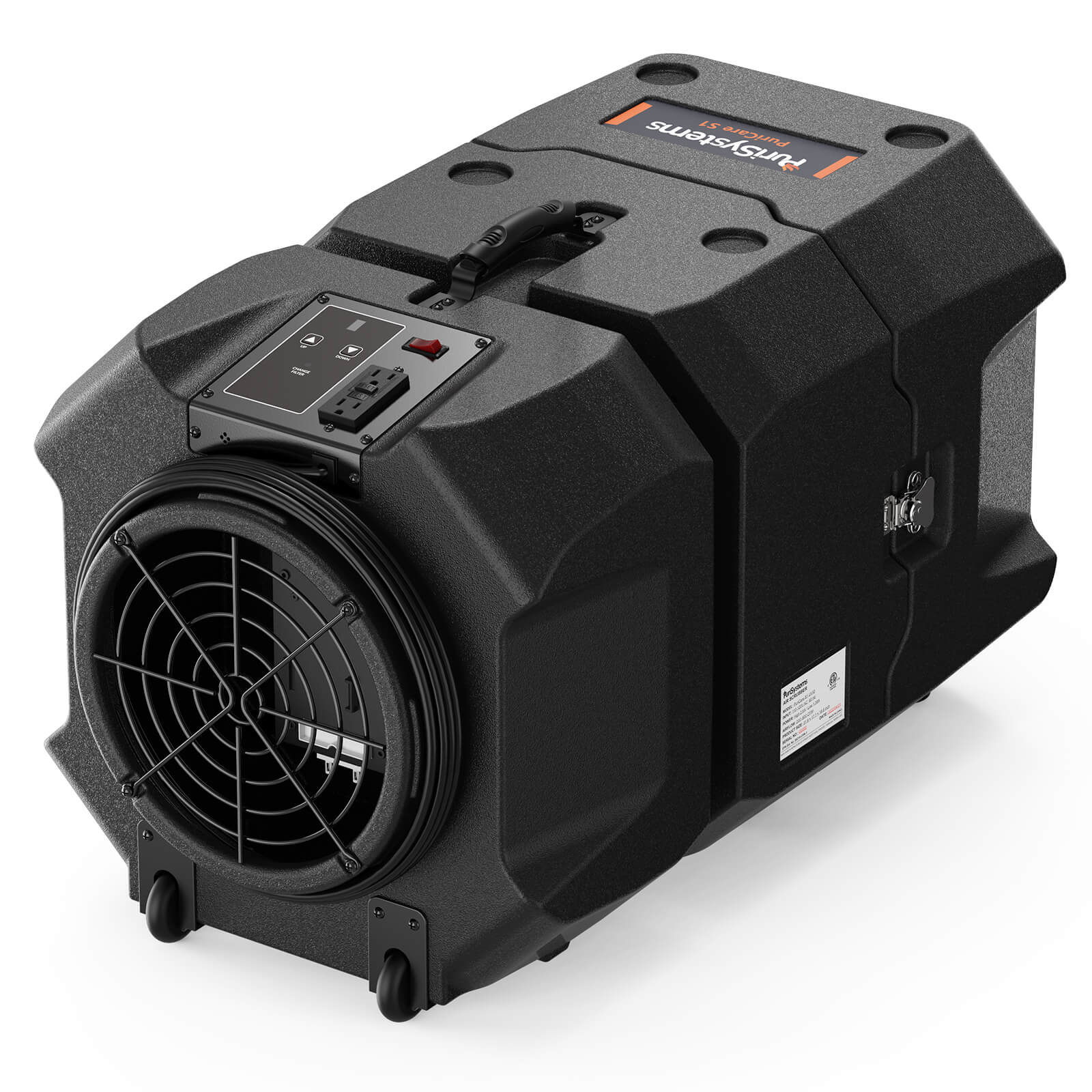




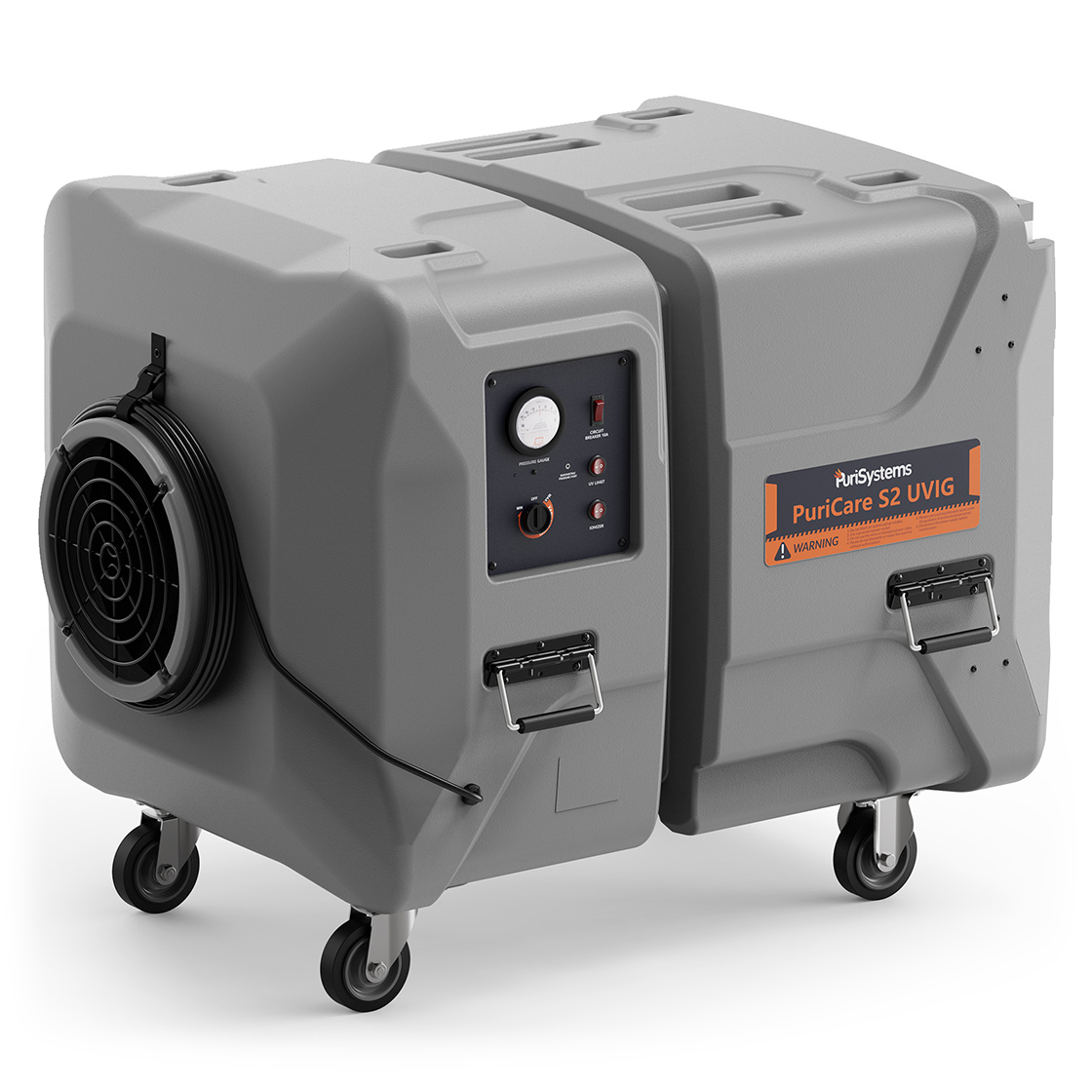

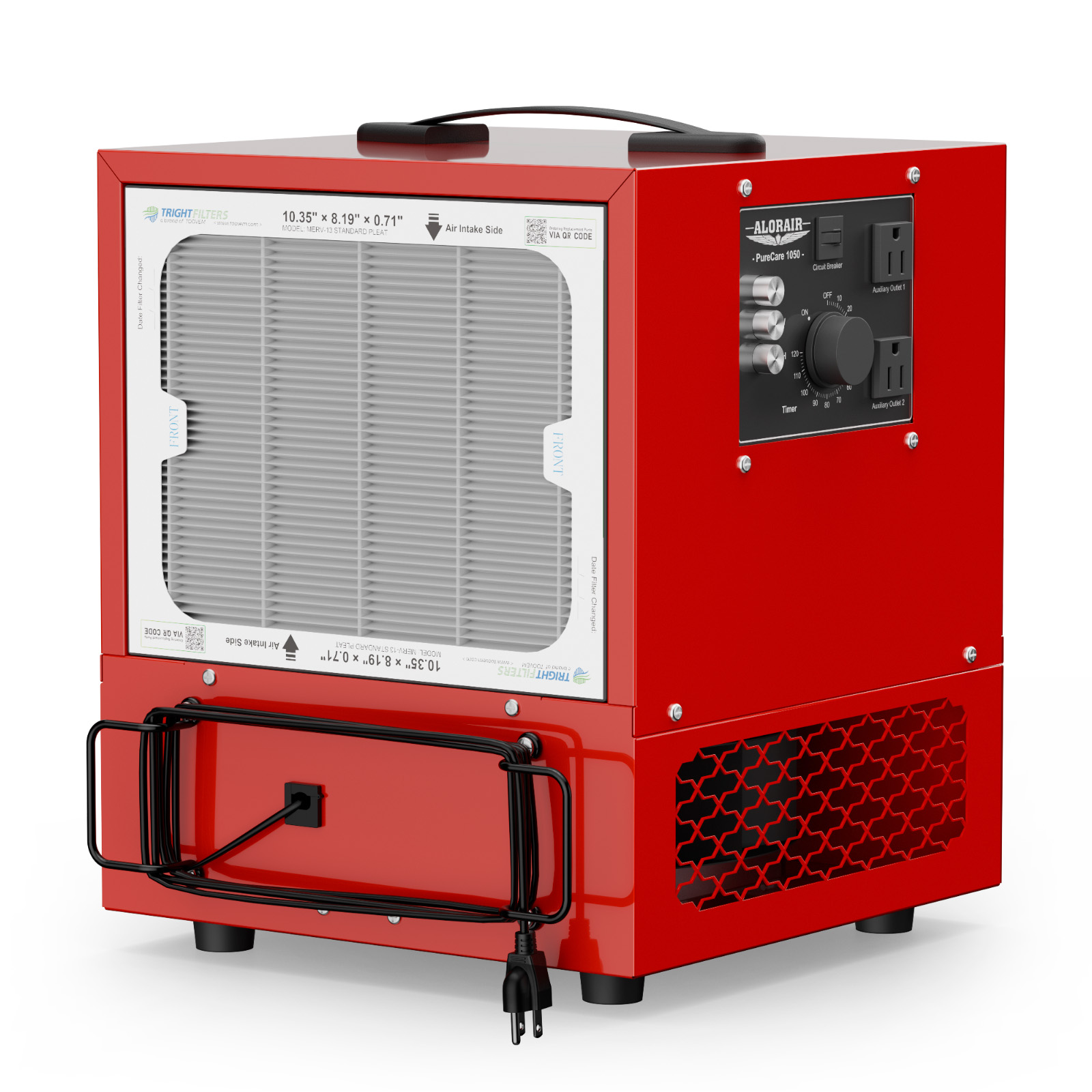
.jpg)
.jpg)
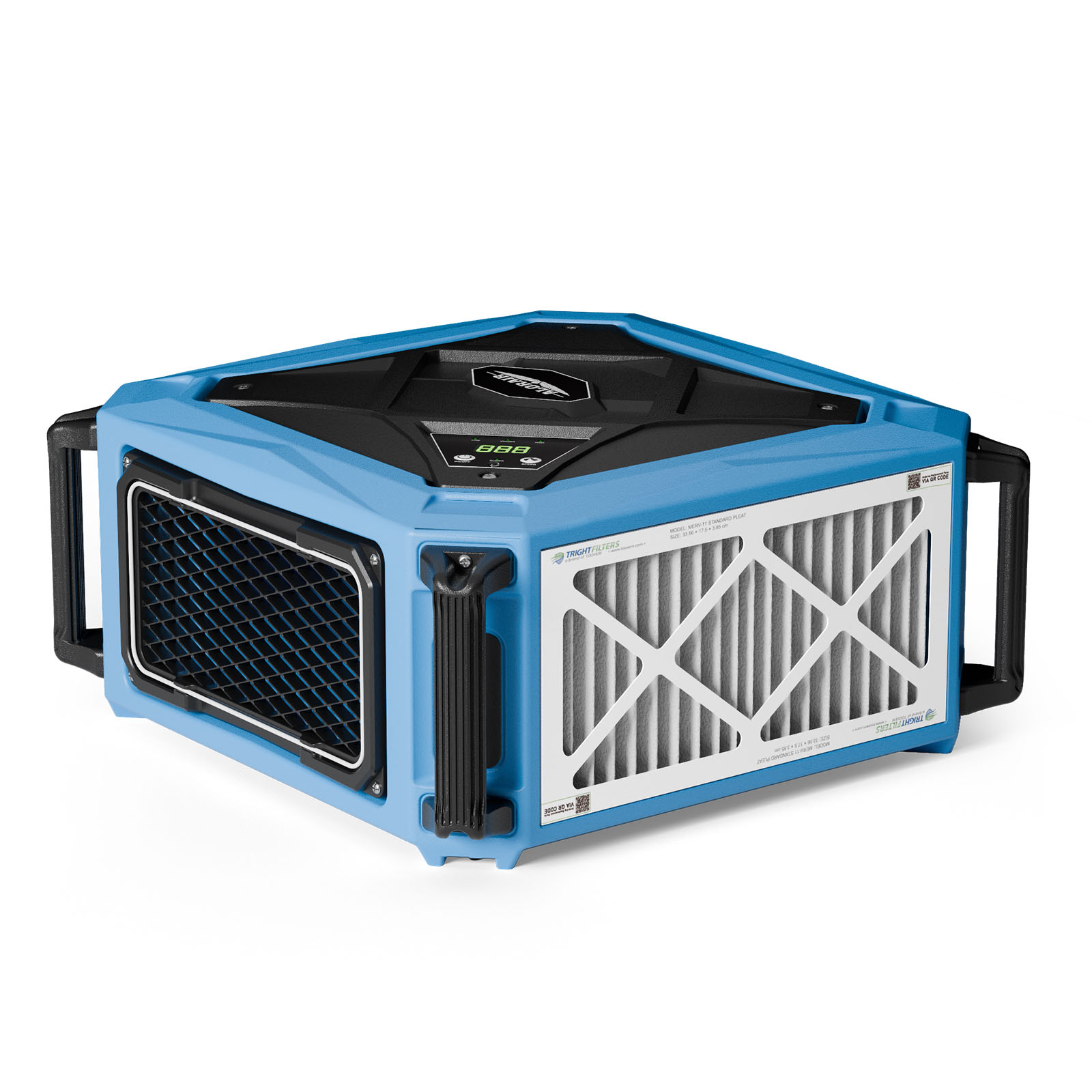

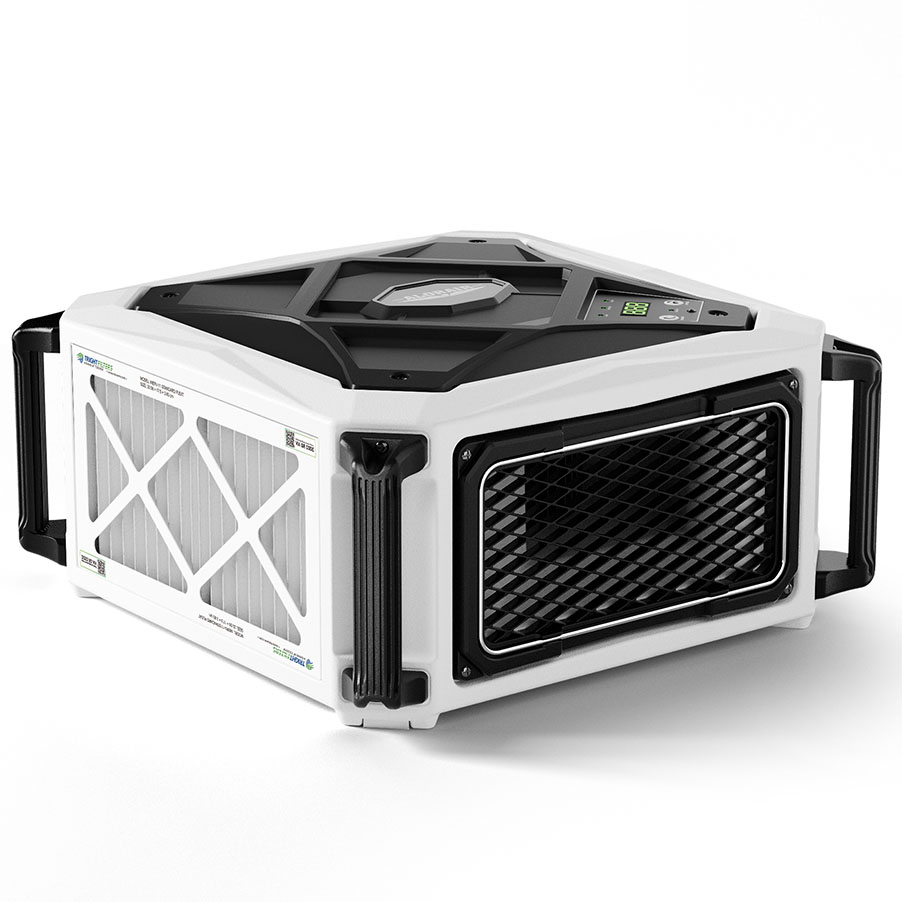
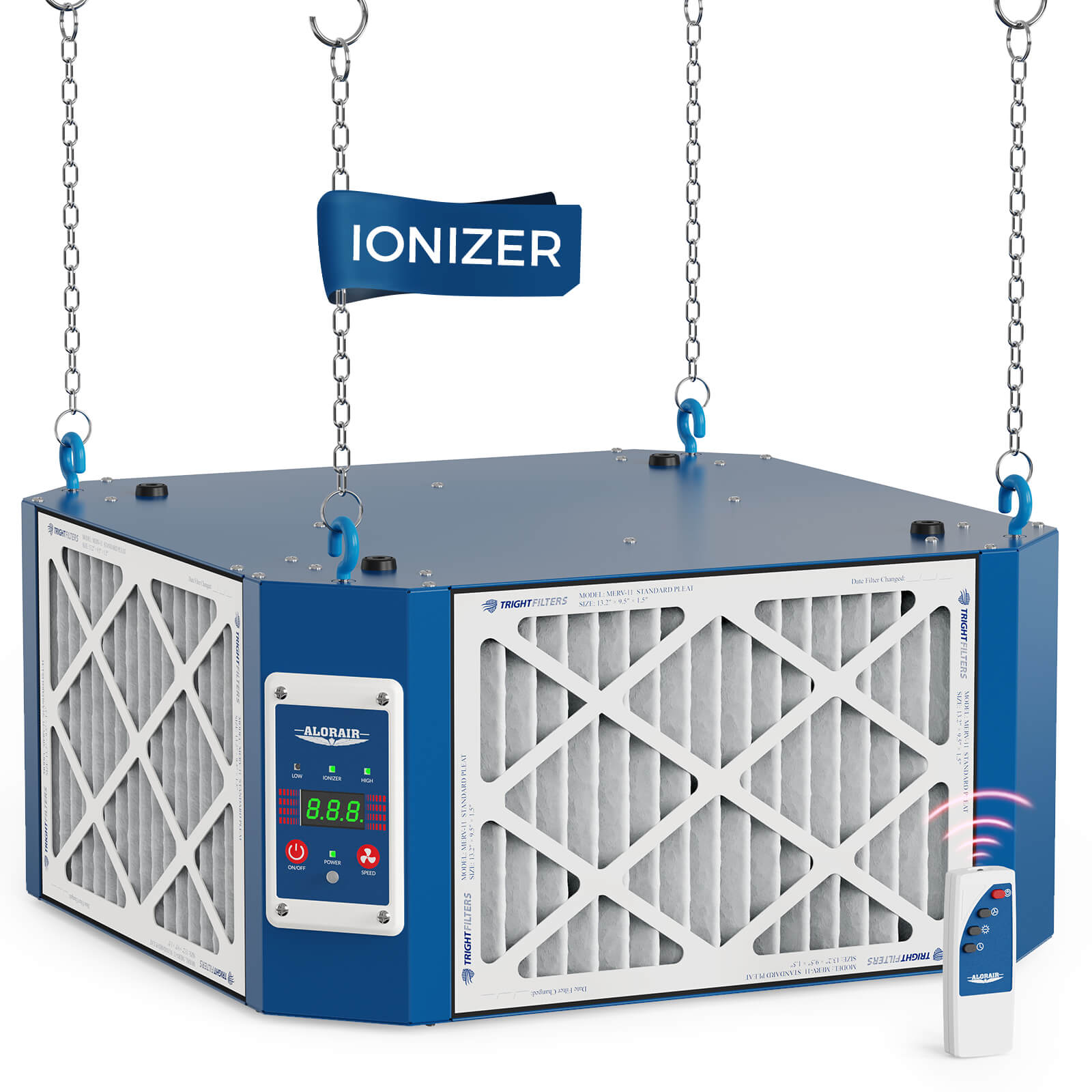
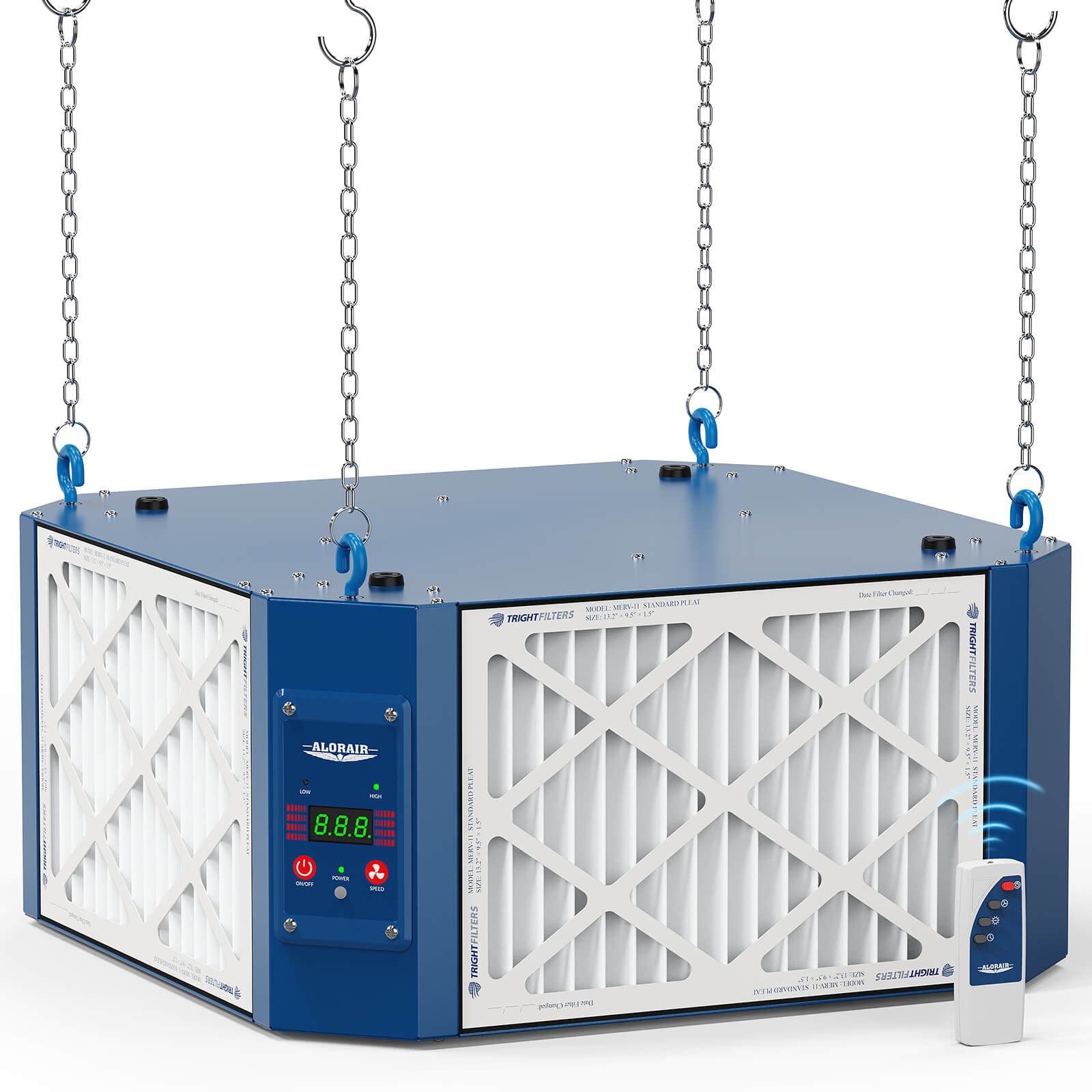
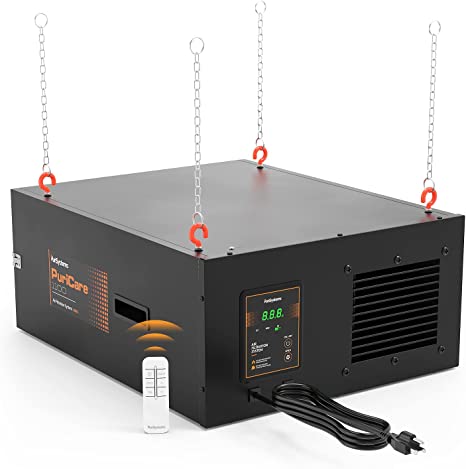

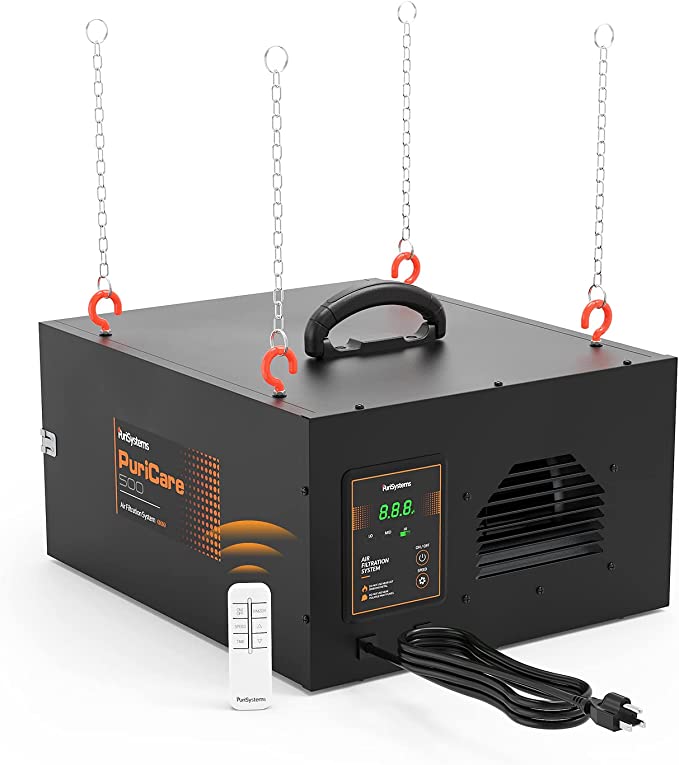


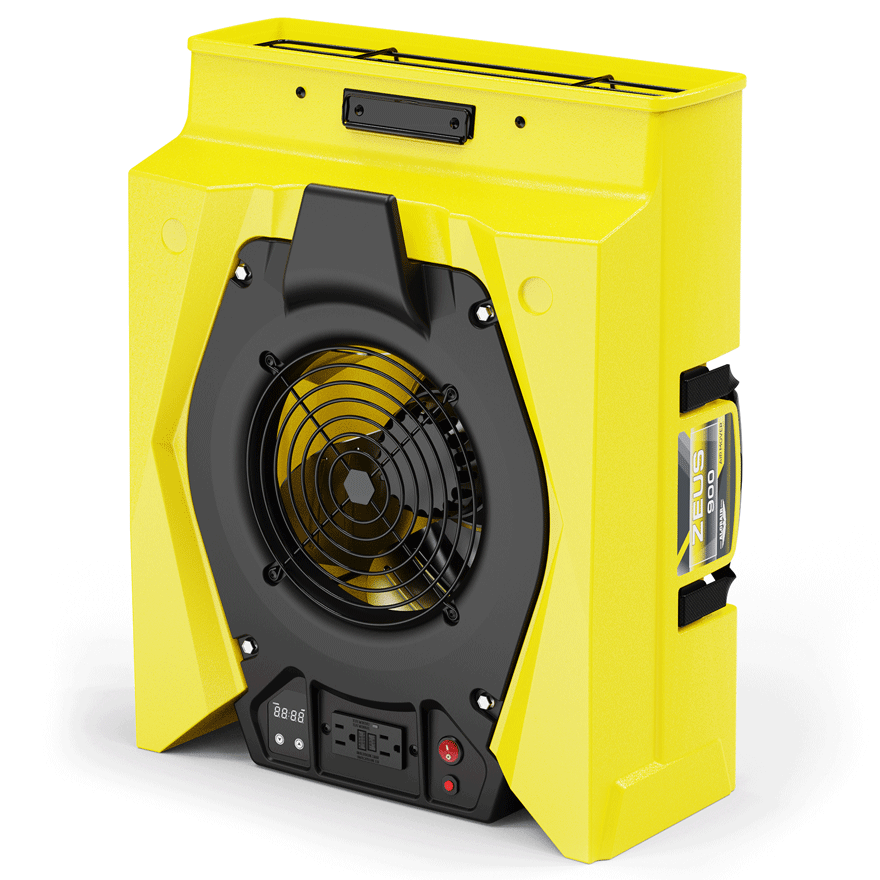


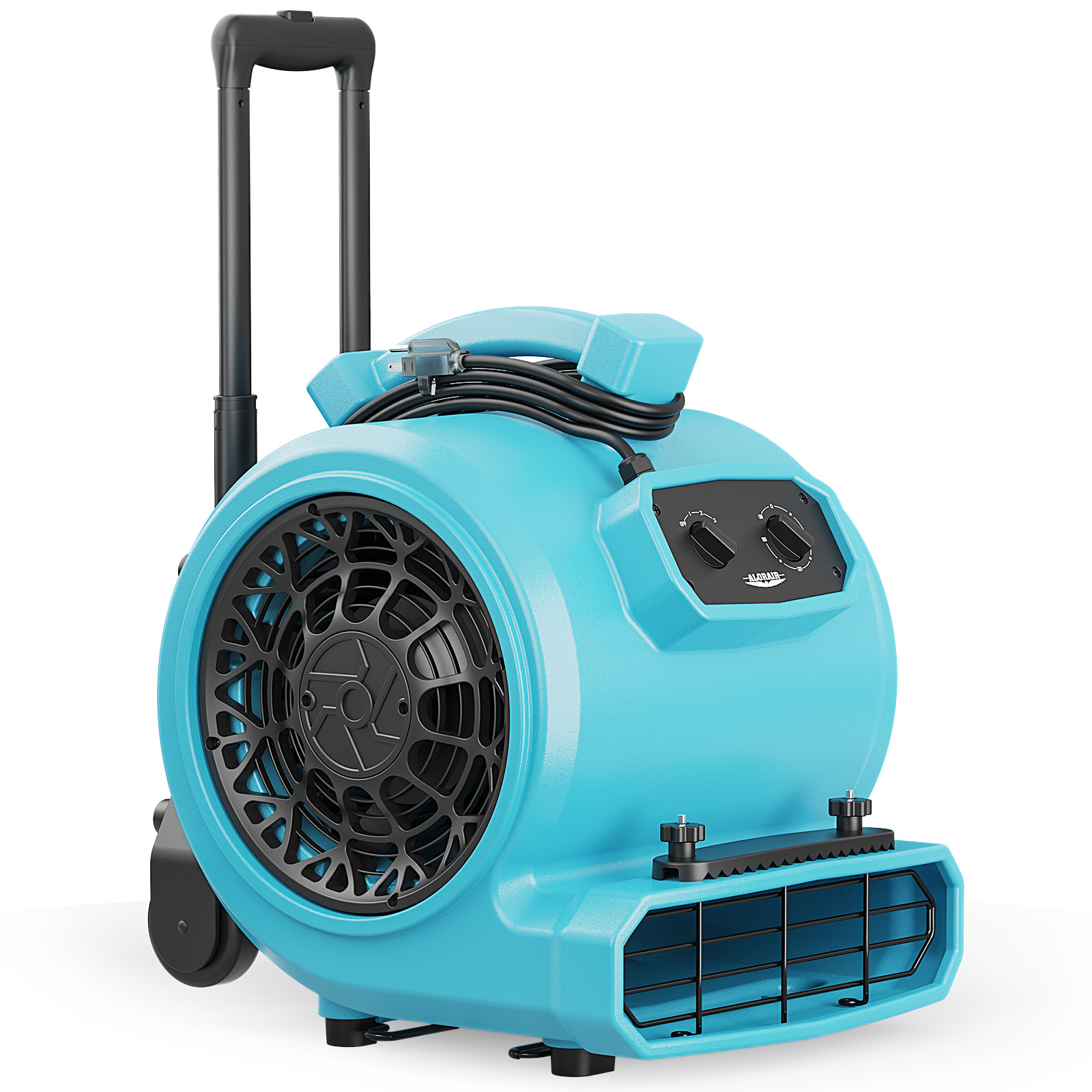
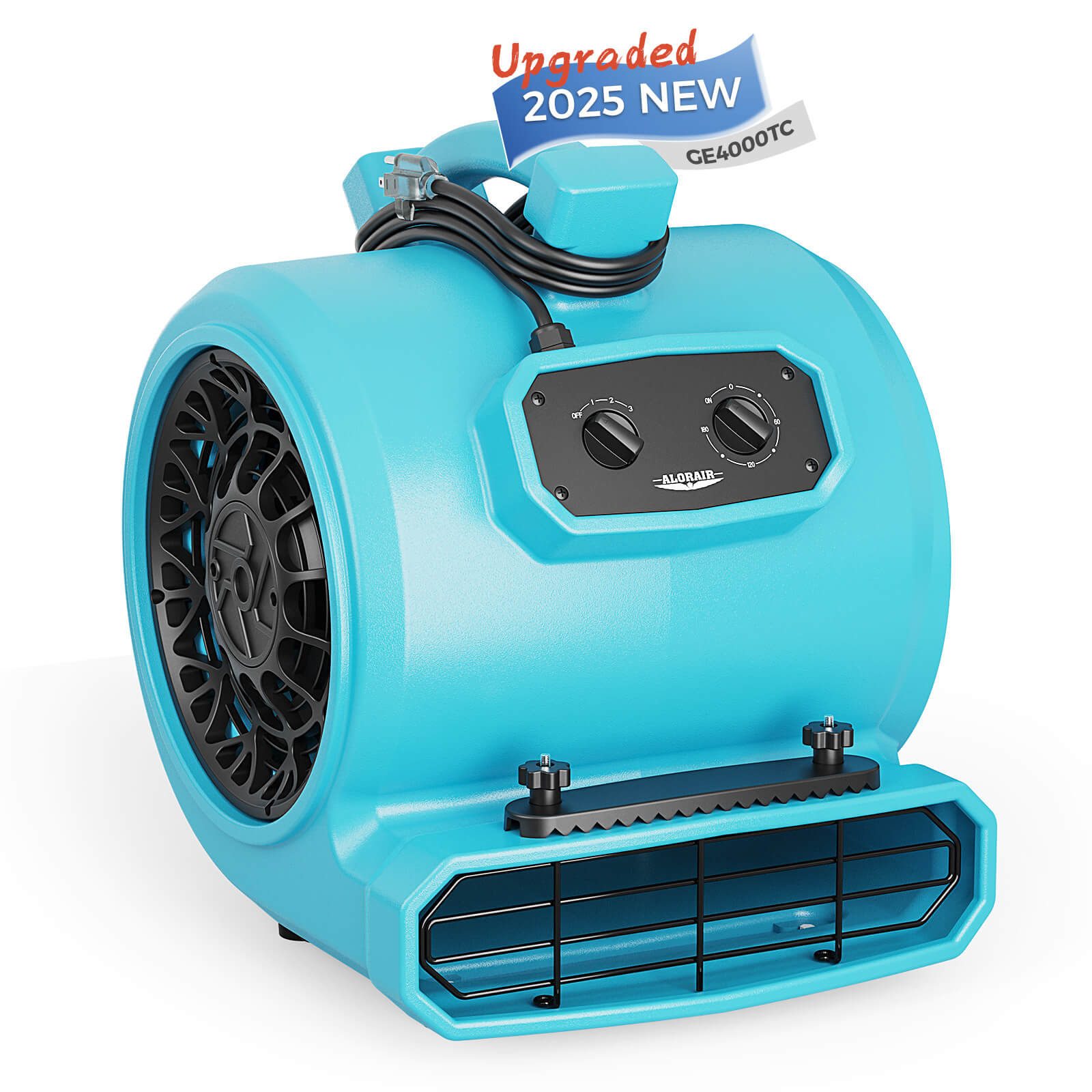
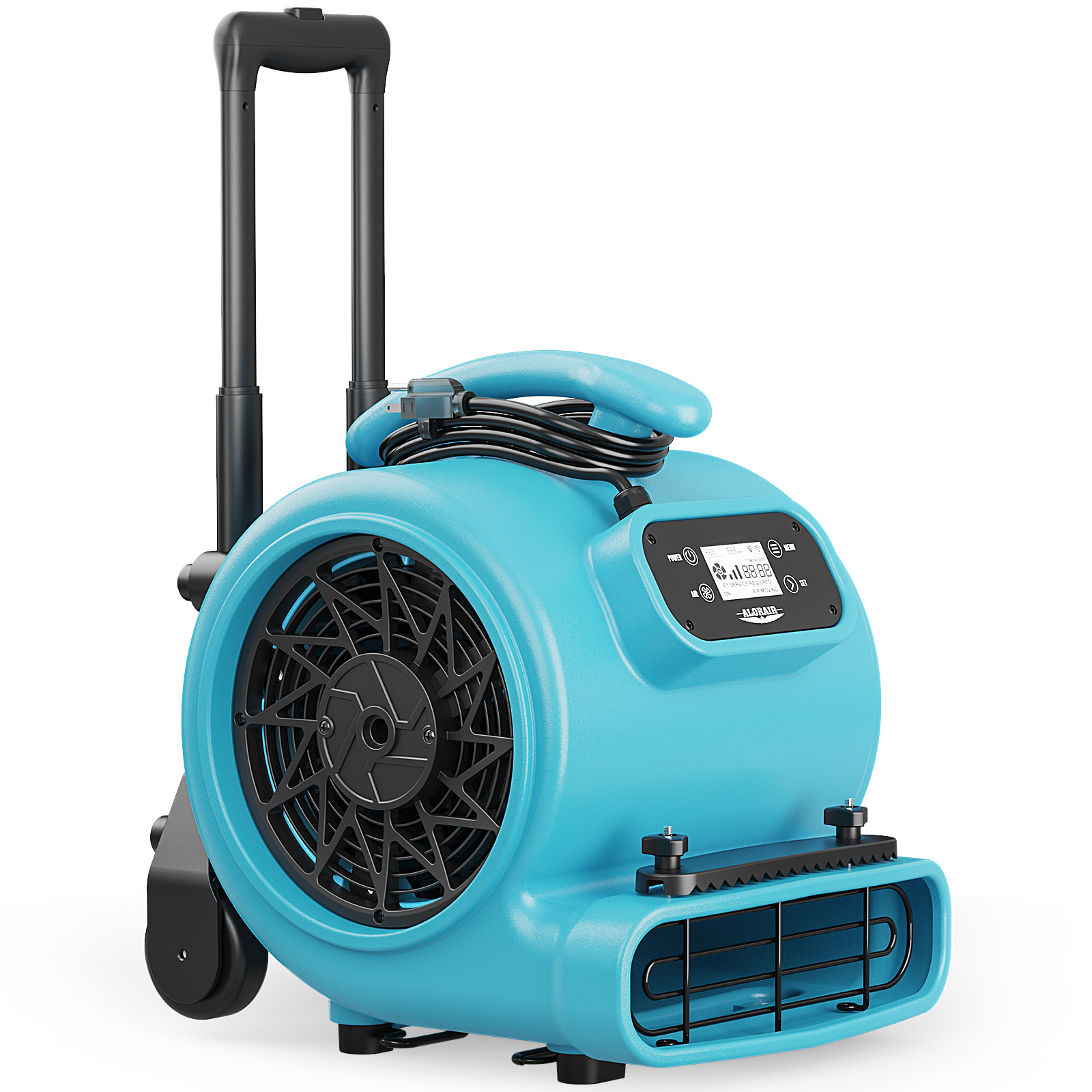

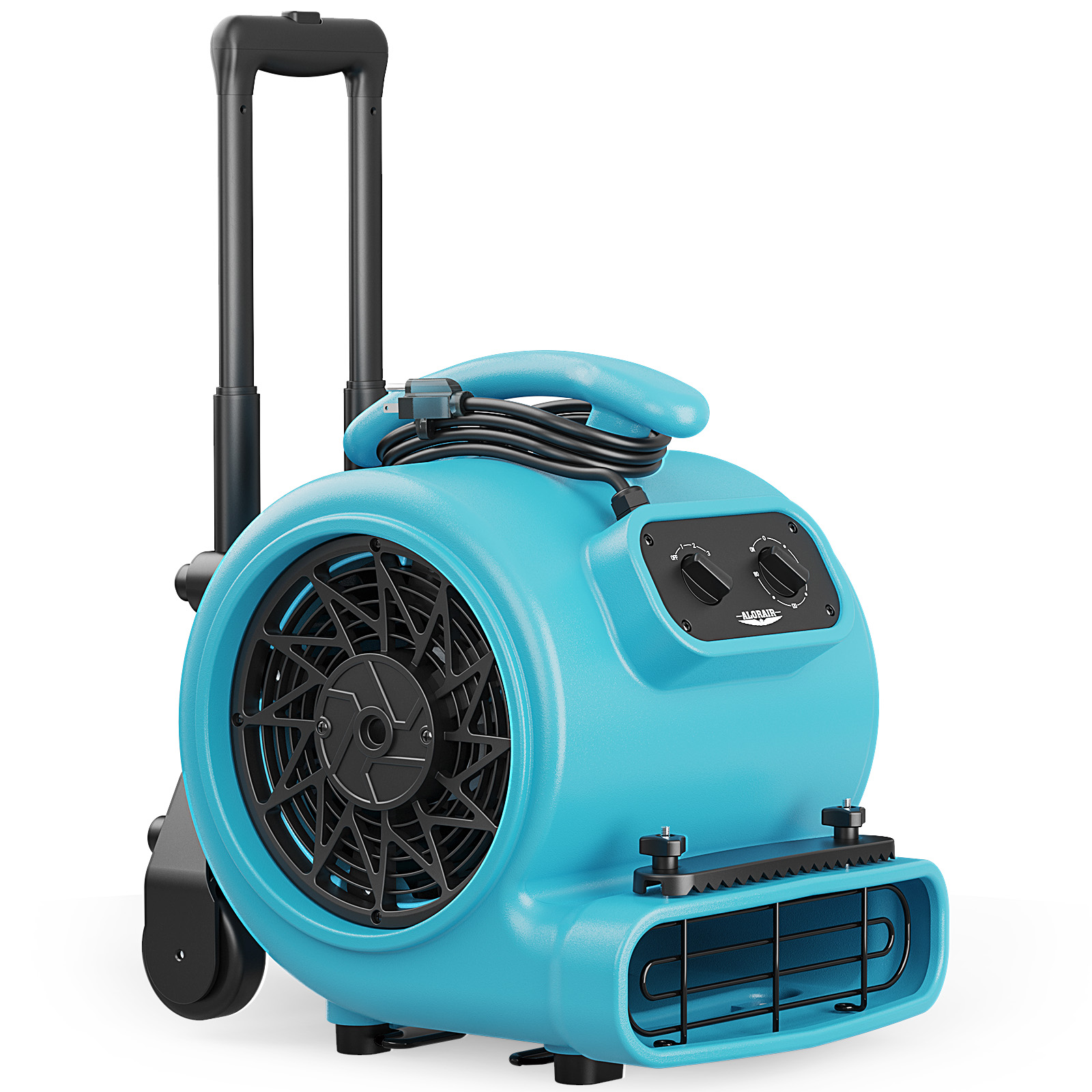

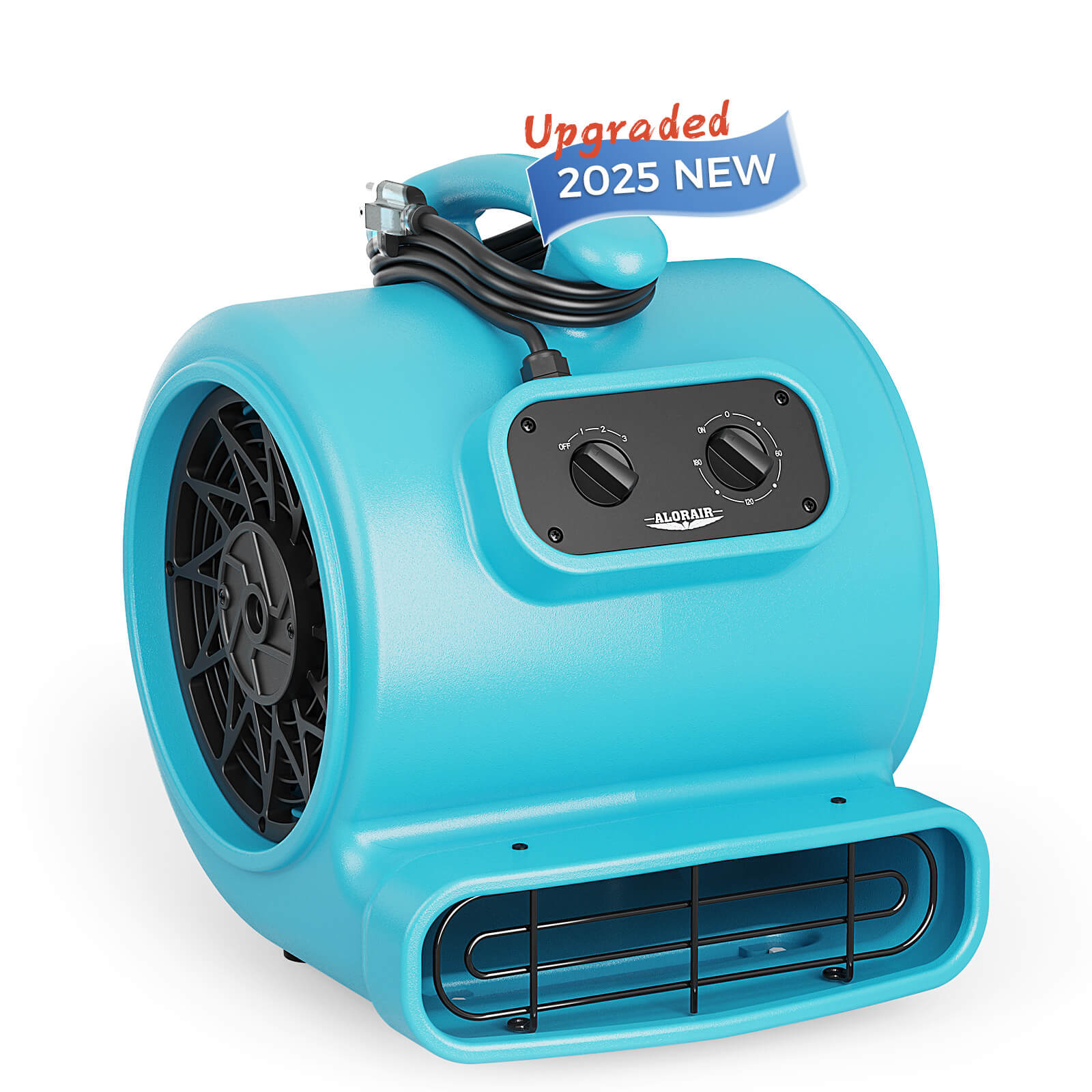
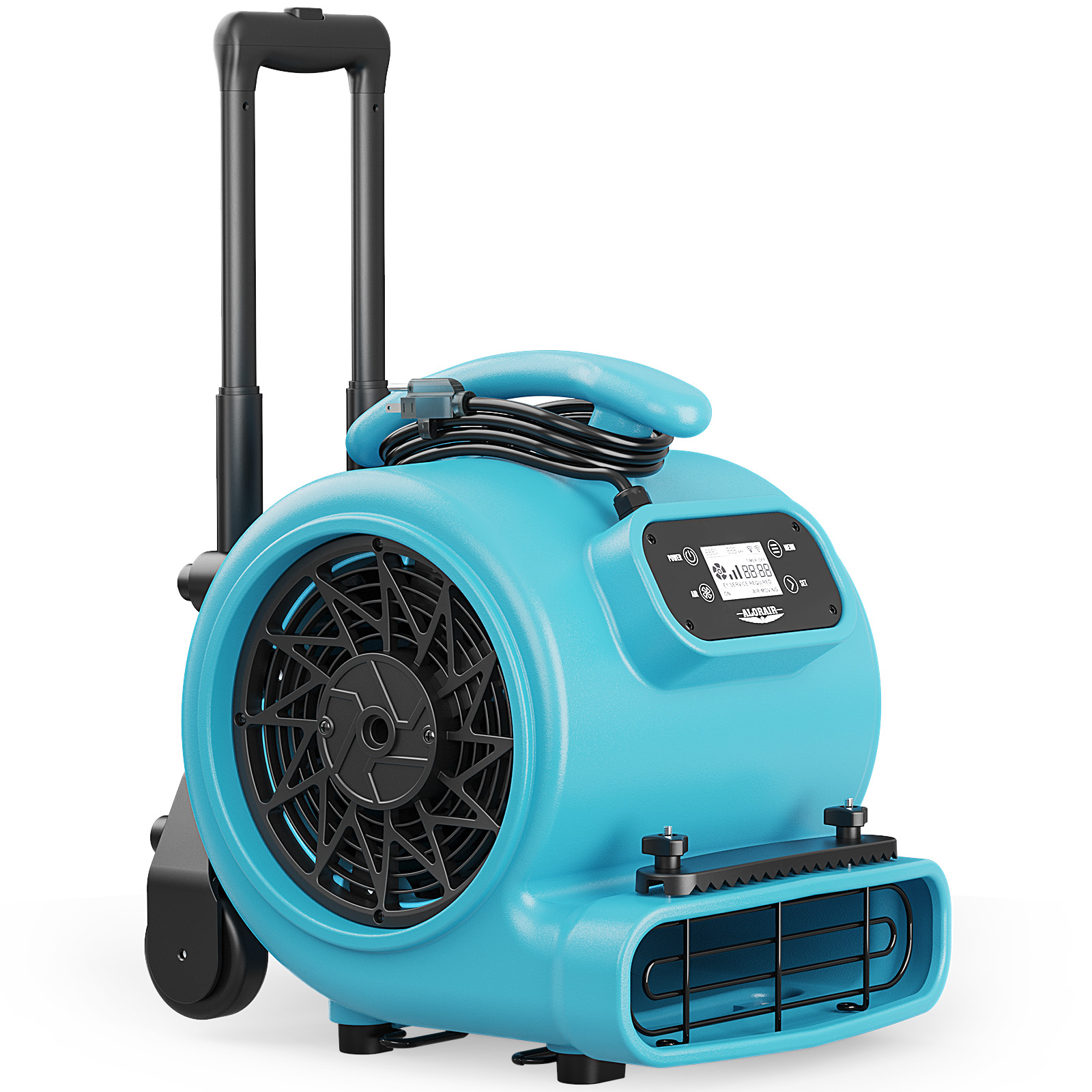
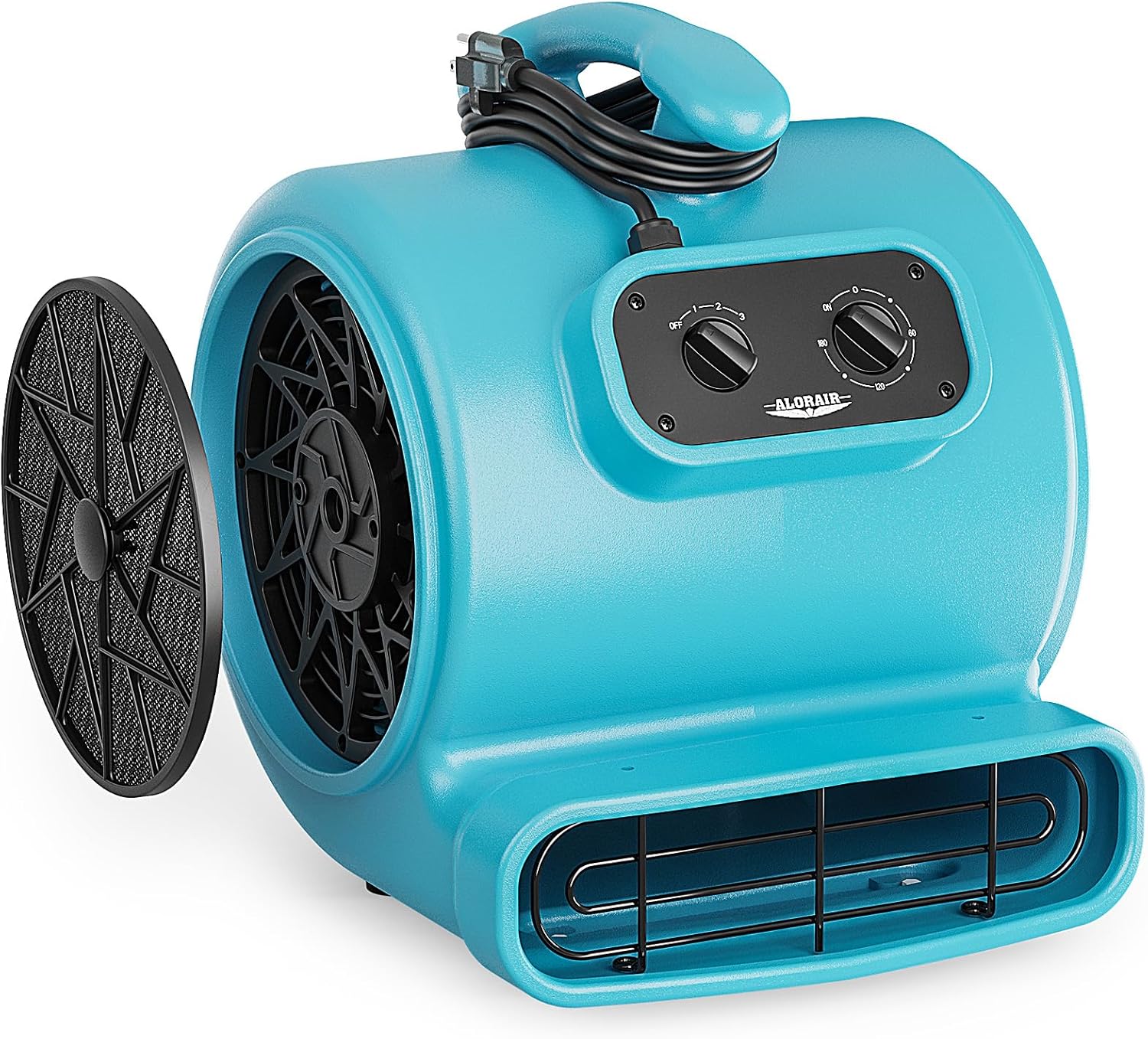

.jpg)
.jpg)


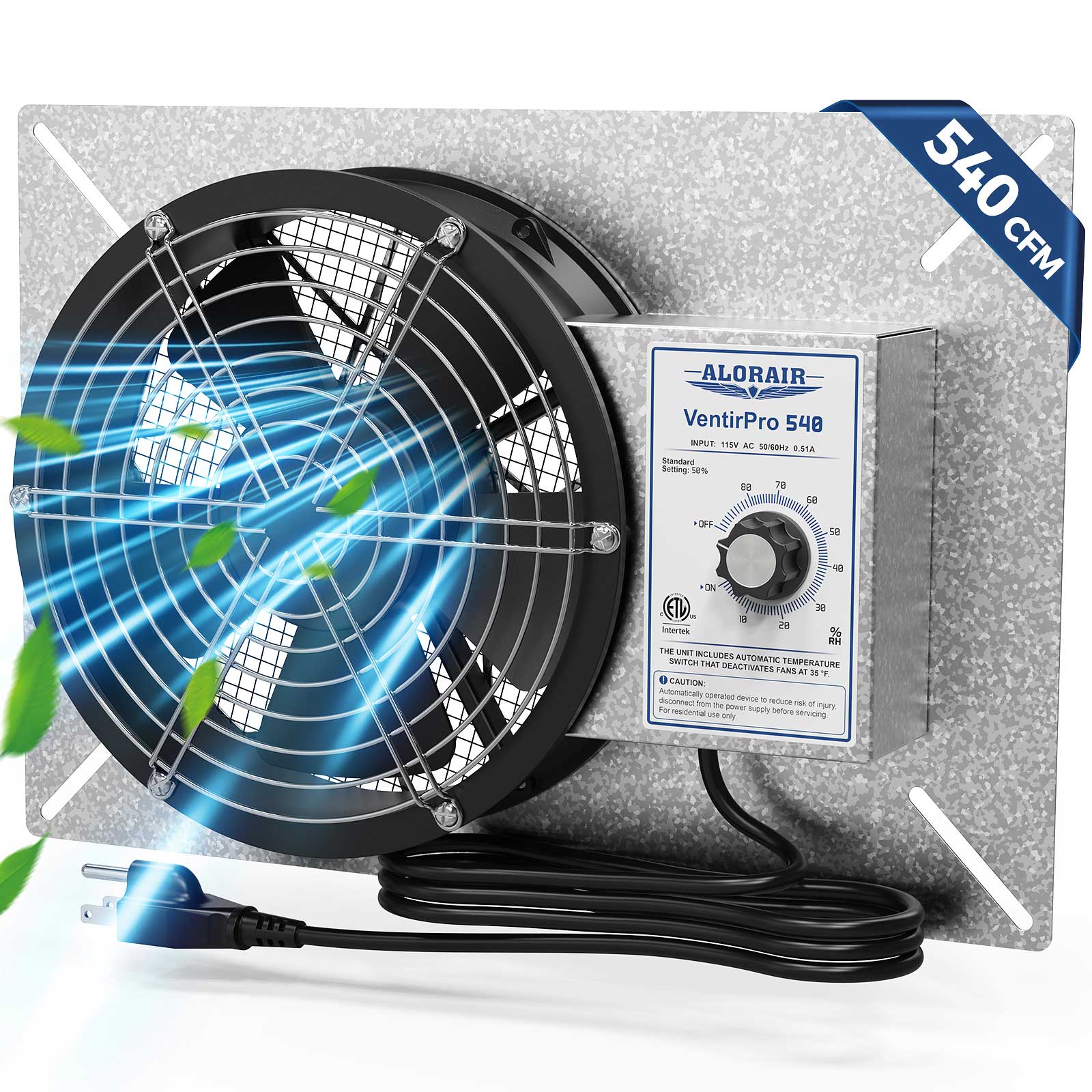

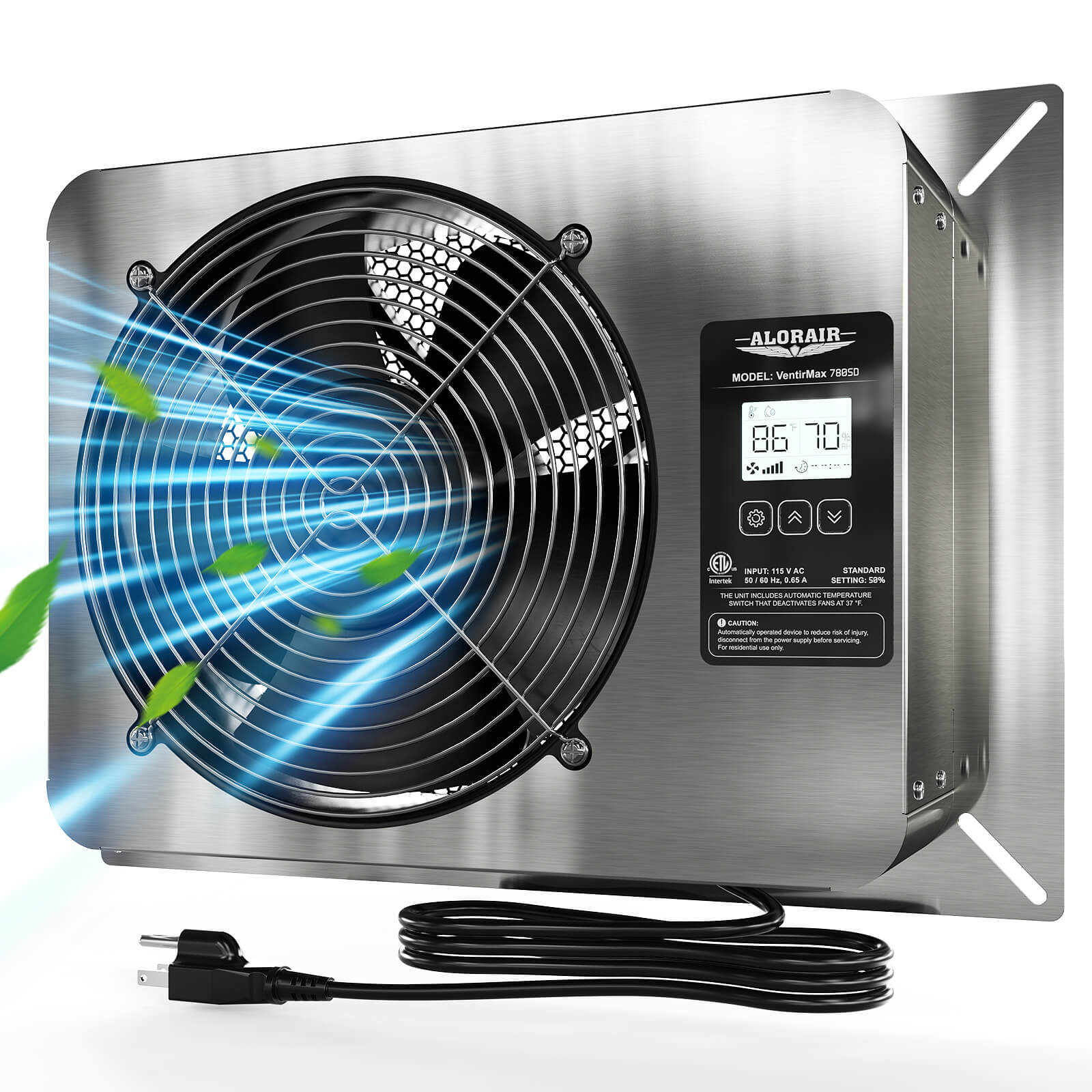
.jpg)
.jpg)


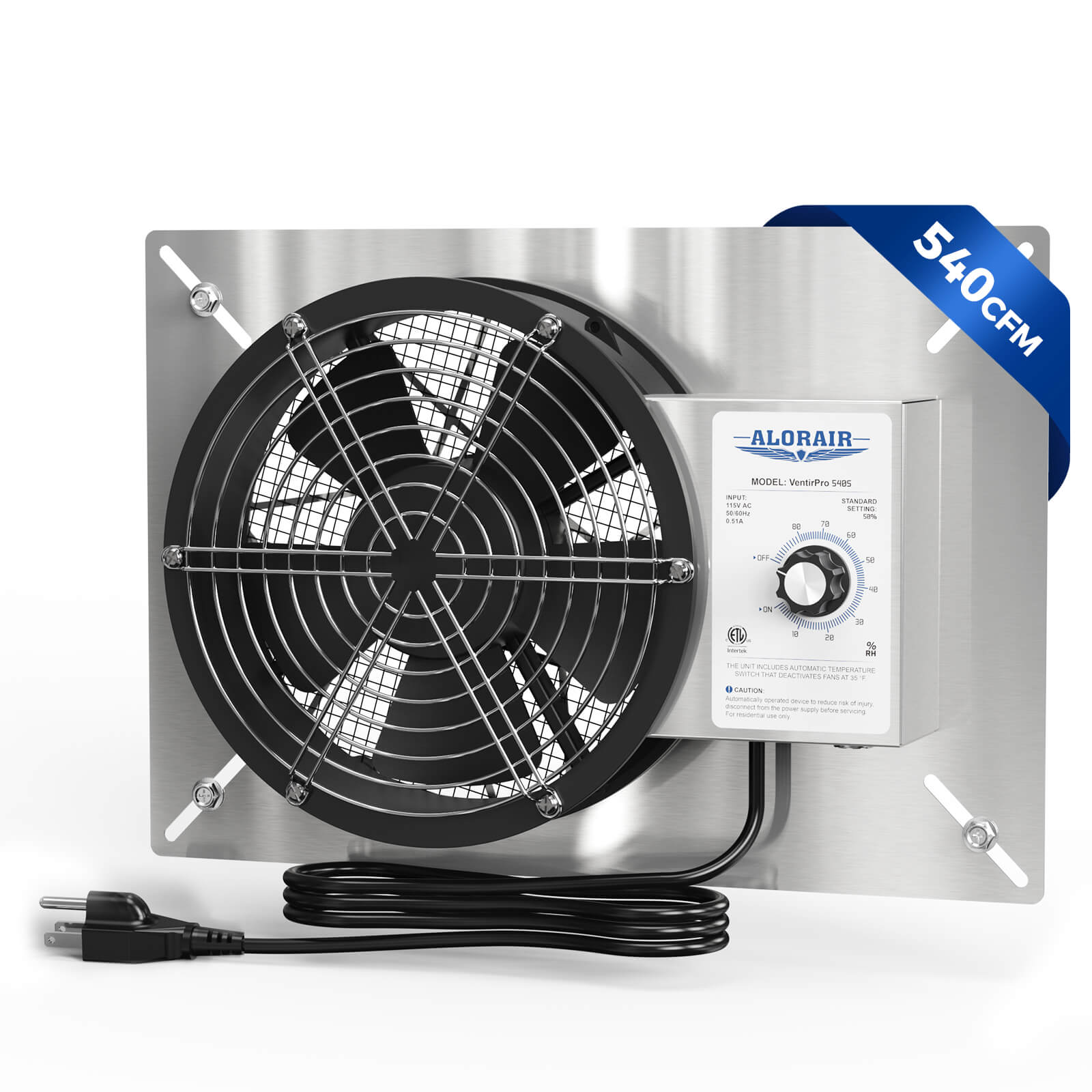

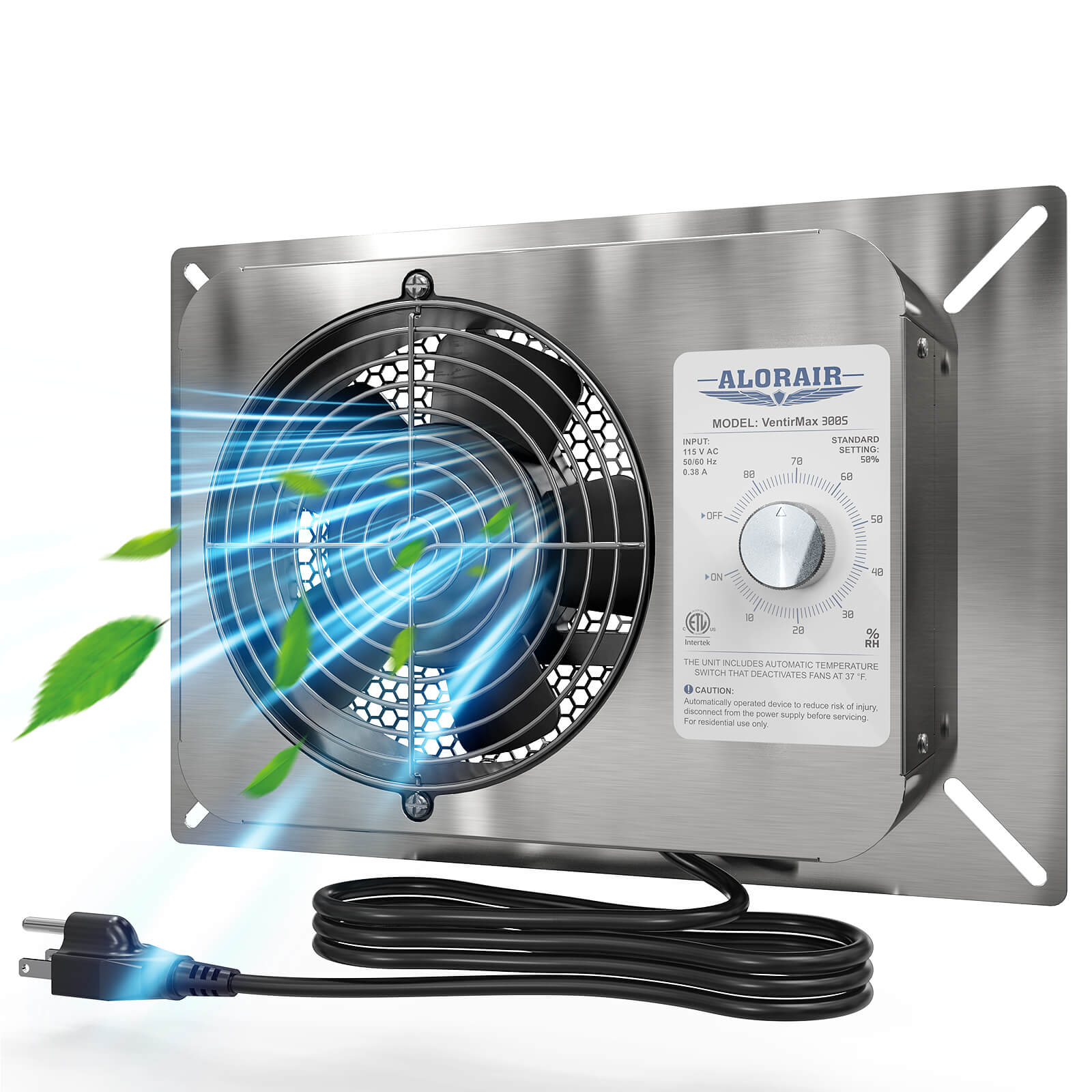


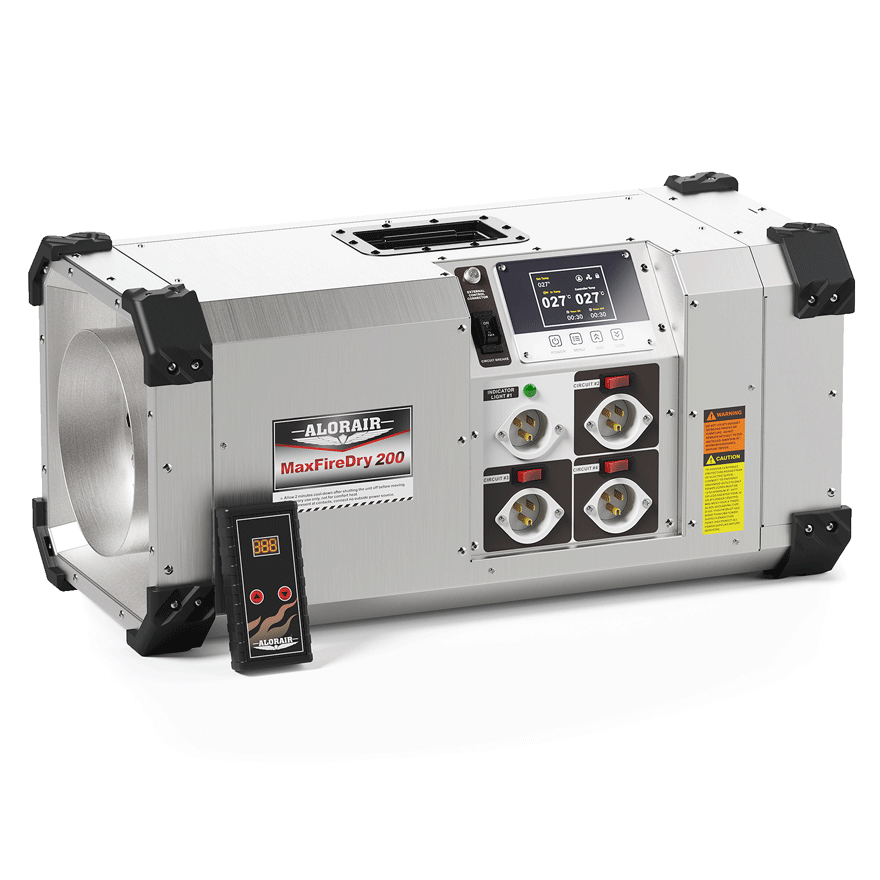






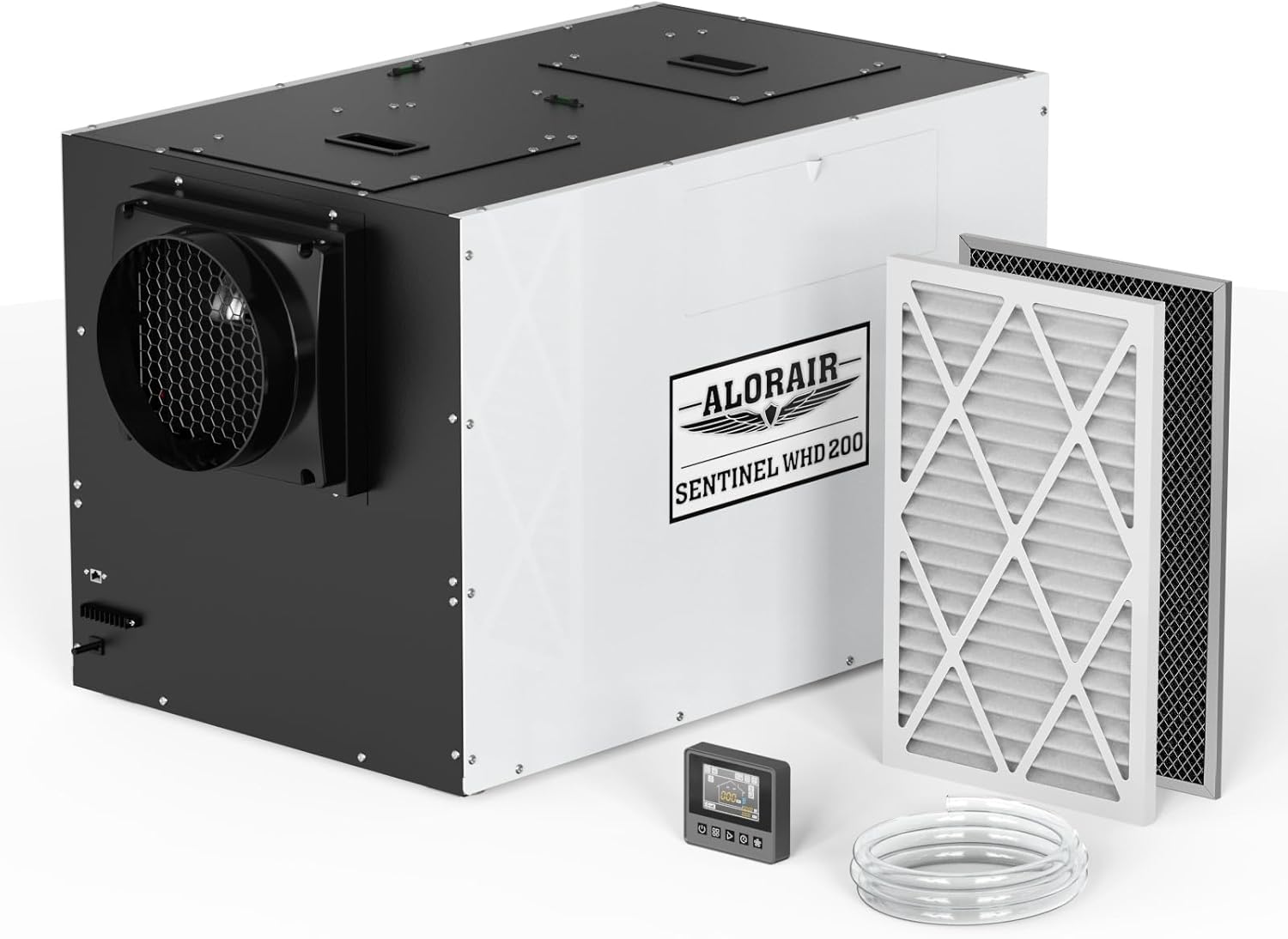
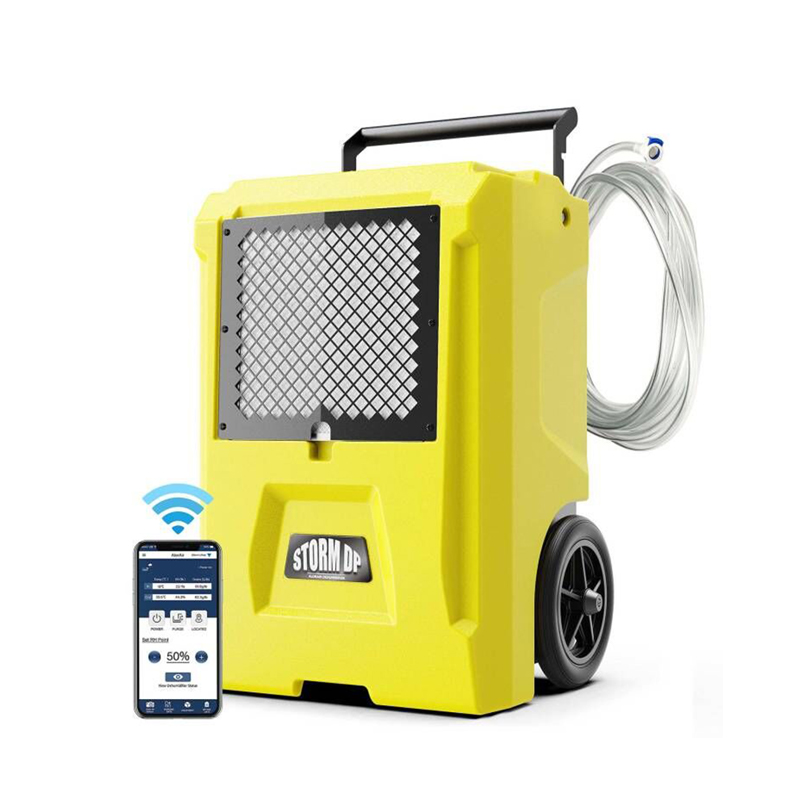
-.jpg)
.jpg)

.jpg)
.jpg)


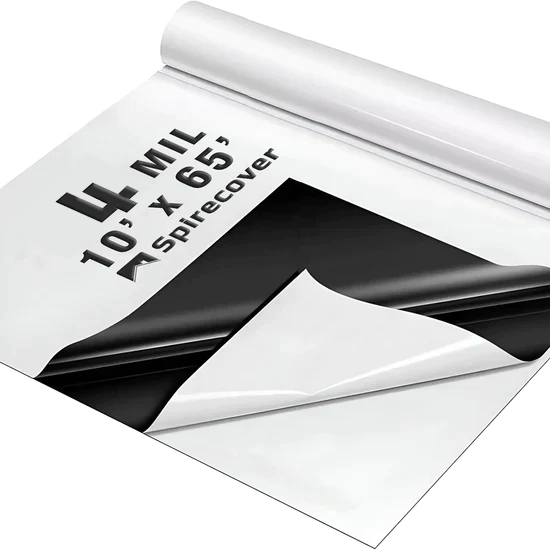
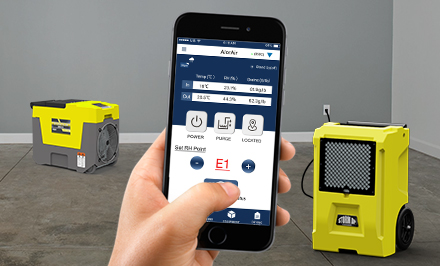























 Exclusive offers
promotions
Exclusive offers
promotions

